The Scope and Purpose of a Home Inspection
Purchasing property involves risk
The purpose of a home inspection is to help reduce the risk associated with the purchase of a structure by providing a professional opinion about the overall condition of the structure. A home inspection is a limited visual inspection, and it cannot eliminate this risk. Some homes present more risks than others. We cannot control this, but we try to help educate you about what we don’t know during the inspection process. This is more difficult to convey in a report and one of many reasons why we recommend you attend the inspection.
A home inspection is not an insurance policy.
This report does not substitute for or serve as a warranty or guarantee. Home warranties can be purchased separately from insuring firms that provide this service.
A home inspection is visual and not destructive.
The descriptions and observations in this report are based on a visual inspection of the structure. We inspect the aspects of the structure that can be viewed without dismantling, damaging, or disfiguring the structure and without moving furniture and interior furnishings. Areas that are concealed, hidden, or inaccessible to view are not covered by this inspection. Some systems cannot be tested during this inspection as testing risks damaging the building. For example, overflow drains on bathtubs are generally not tested because if they were found to be leaking, they could damage the finishes below. Our procedures involve non-invasive investigation and non-destructive testing, which will limit the scope of the inspection.
This is not an inspection for code compliance.
This inspection and report are not intended for city / local code compliance. During the construction, process structures are inspected for code compliance by municipal inspectors. Framing is open at this time, and conditions can be fully viewed. Framing is not open during inspections of finished homes, limiting the inspection. All houses fall out of code compliance shortly after they are built, as the codes continually change. National codes are augmented at least every three years for all disciplines. Municipalities can adopt and phase in sections of the codes on their timetables. There are generally no requirements to bring older homes into compliance unless substantial renovation is being done.
This is just our opinion.
Construction techniques and standards vary. There is no one way to build a house or install a system in a house. The observations in this report are the opinions of the home inspector. Other inspectors and contractors are likely to have some differing opinions. You are welcome to seek opinions from other professionals.
The scope of this inspection
This inspection will include the following systems: exterior, roof, structure, drainage, foundation, attic, interior, plumbing, electrical, and heating. The evaluation will be based on limited observations that are primarily visual and non-invasive. This inspection and report are not intended to be technically exhaustive.
Your expectations
The overall goal of a home inspection is to help ensure that your expectations are appropriate for the house you are proposing to buy. To this end, we assist with the discovery by showing and documenting observations during the home inspection. This should not be mistaken for a technically exhaustive inspection designed to uncover every defect in a building. Such inspections are available, but they are generally cost-prohibitive to most homebuyers.
Your participation is requested.
Your presence is requested during this inspection. A written report will not substitute for all the possible information that can be conveyed verbally by a shared visual observation of the conditions of the property.
How to Read This Report
Getting the Information to You
This report is designed to deliver important and technical information in a way that is easy for anyone to access and understand. If you are in a hurry, you can take a quick look at our "Summary Page” and quickly get the critical information for important decision-making. However, we strongly recommend that you take the time to read the full Report, which includes digital photographs, captions, diagrams, descriptions, videos, and hot links to additional information.
The best way to get the layers of information presented in this report is to read your report online, which will allow you to expand your learning about your house. You will notice some words or series of words highlighted in blue and underlined – clicking on these will provide you with additional information.
This report can also be printed to a PDF file and printed on paper as desired.
Chapters and Sections
This report is divided into chapters that parcel the home into logical inspection components. Each chapter is broken into sections that relate to a specific system or component of the home. You can navigate between chapters with the click of a button on the left-side margin.
Most sections will contain some descriptive information in black font. Observation narrative, done in colored boxes, will be included if a system or component is found to be significantly deficient in some way or if we wish to provide helpful additional information about the system or the scope of our inspection. If a system or component of the home was deemed to be in satisfactory or serviceable condition, there might be no narrative observation comments in that section, and it may simply say “tested” or “inspected.”
Observation Labels
All narrative observations are colored, numbered, and labeled to help you find, refer to, and understand the severity of the observation. Observation colors and labels used in this report are:
- Major Concern:Repair items that may cost significant money to correct now or in the near future, or items that require immediate attention to prevent additional damage or eliminate safety hazards.
- Repair:Repair and maintenance items noted during inspection. Please note that some repair items can be expensive to correct such as re-finishing hardwood floors, but are considered simply repair items due to their cosmetic nature.
- Recommended Maintenance:These are repair items that should be considered "routine home ownership items," such as servicing the furnace, cleaning the gutters or changing the air filters in the furnace.
- Due Diligence:Observation such as a buried oil tank that may require further investigation to determine the severity and / or urgency of repair.
- Monitor:Items that should be watched to see if correction may be needed in the future.
- Improve or Upgrade:Observations that are not necessarily defects, but which could be improved for safety, efficiency, or reliability reasons. These are often items which reflect changes in building codes or standards.
- Future Project:A repair that may be deferred for some time but should be on the radar for repair or replacement in the near future.
- Efficiency:Denotes observations that are needed to make the home more energy efficient as well as to bring the home up to modern insulation standards. This category typically includes windows and insulation. Other items, such as lighting and appliances, are not inspected for their energy status.
- Inspection Notes:Aside information and /or comments elaborating on descriptions of systems in the home that the inspector might find useful to purchase decisions or home ownership. .
- Limitations:Conditions present at the time of inspection which limited the scope of this visual inspection
Summary Page
The Summary Page is designed as a bulleted overview of all the observations noted during the inspection. This helpful overview is not a substitute for reading the entire inspection report. The entire report must be read to get a complete understanding of this inspection report, as the Summary Page does not include photographs or photo captions.
Moisture Meter Testing
Where moisture meter testing is indicated in this report, a Protimiter Survey Master Dual Function was used.
Summary
Major Concerns
- DPB-2 Decks, Porches and Balconies:
WEST DECK REPAIRS
Repairs are needed to the west deck:
- Non-treated beams for the west deck are showing signs of localized wood decay
- The west deck is lacking proper blocking where the floor joists land on the beam
- Anobiid beetle damage noted in some of the exposed floor joists to the west deck
- Localized wood decay was noted in the deck guard system at the west side
- Openings in the deck guardrail are larger than the modern standard 4 in
Recommendation
Hire a qualified contractor to further evaluate and repair.
- ES-1 Electric Service:
NUMEROUS ELECTRICAL DEFICIENCIES NOTED
Overall, numerous problems were noted in the wiring system, indicating older, incomplete, and unreliable wiring practices. The building has mostly original 1963 wiring. This is the first year we added equipment grounds, whish is great as circuits seem to be grounded. I recommend a complete evaluation of the entire electrical system by a qualified electrical contractor. Implement repairs and updates as recommended as as is consistent with updating plans. Examples of repairs and improvements may include:
- Missing cover plate and missing GFCI protection for garage electric receptacles
- Reverse polarity noted at the electric receptacle off the west deck
- The light switch on the west side of the building did not operate anything.
- Some of the insulation jacket protecting the wiring at the south side cantilever (exterior) is damaged and requires repair.
- Reverse polarity noted in the dining room
- The doorbell cover is missing at the stairwell
- Reverse polarity noted at the electric receptacle on the second floor landing
- Running electrical spices noted on the second floor at the built-in lighting fixture
- Reverse polarity noted at the electric receptacle in the east bedroom
- There is some type of old pump switch located in the main bathroom. It is not clear what this is for.
- Reverse polarity at one of the electric receptacles in the south bedroom
- I was unable to get some of the old closet fluorescent lights to respond to testing. These may need bulbs or updating.
- Reverse polarity noted at the electric receptacle at the southwest bedroom
- GFCI protection is incomplete in the studio bathroom
- An inadequate number of electric receptacles were noted for the studio kitchen
- I-4 Interior:
MULTIPLE LOST SEALS NOTED
Multiple windows were noted today that presented with a cloudy appearance. This condition if frequency referred to as a "lost seal," or a failed IGU (Insulated Glass Unit) and is common with insulated glass windows. Some of the locations noted include:
- Cloudiness was noted between the pans of glass at the second floor southeast window
- Cloudiness was noted between panes of glass at the south side bathroom window on the second floor.
- Cloudy glass in one of the west clear story windows in the kitchen
- Cloudy that snowed in the pans of glass at the west side of the dining room
- A lost seal was noted in the guest house
- A cloudy pane of glass noted in the southwest bedroom
- Condensation noted in the skylight in the sunken living room
- Cloudy glass noted at the south side south bedroom clear story windows
- Several lost seals were noted in the studio bedroom
Recommendation
Hire a glass replacement company to further evaluate and replace all windows with lost seals.
- 2FB-6 2nd Floor Bathroom:
BUDGET TO UPDATE OLD BATHROOMS
With the exception of any comments listed above, the bathrooms in this home were in serviceable condition. However, the finishes and fixtures are old and will be increasingly unreliable. Updating / remodeling the bathrooms and/or fixtures in these bathrooms will likely be needed in the near term. The urgency and scope of updating will depend on how often each bathroom is to be used and personal desire for reliability and cosmetic appearance.
- CS-1 Crawl Space:
CRAWL SPACE CLEAN-UP AND RODENT PROOFING REPAIRS NEEDED
Overall, numerous repairs are needed to the crawl space below this house. I have made a series of detailed observations in the base of this report but given the extent of what is visible, additional repairs could be needed that are latent or concealed. Examples of observations noted during inspection include:
- Rodent traps noted in the crawl space
- Rodent damaged sub-floor insulation
- A clear plastic vapor barrier has been used - modern standards are for 6 mil black plastic
- The vapor barrier is incomplete in places in the crawl space - all exposed soils should be covered with 6 mil black plastic or better.
- Incomplete sub-floor insulation
- Incomplete pipe and heating duct insulation
Recommendation
I recommend further evaluation of this crawl space by a licensed general contractor. Implement clean-up and repairs as deemed necessary.
Repairs
- G1-10 Grounds:
WOOD DECAY IN RETAINING WALL MATERIAL - STUDIO
Wood decay was noted in the wood retaining wall material around the property. Repair/replacement will be needed in the near term to eliminate a condition conducive to wood-destroying organisms and protect the soils from movement.
Recommendation
Hire a general contractor specializing in retaining walls to further evaluate and repair as recommended to ensure stable soils.
- E-2 Exterior:
LOCALIZED DAMAGE TO SOFFITS NOTED
Several spot of buckling plywood was noted, east side eaves as well as some mild damaged below the south floor cantilever. I tested these spots with a moisture meter during inspection. No elevated readings were found. This seems to be from a prior or older leak. I would have this evaluated during tune-up / maintenance repairs to the roofing system. Implement repairs as needed.
- DPB-1 Decks, Porches and Balconies:
NORTH HOUSE DECK REPAIR
Repairs are needed to the north deck off the house:
- The north side stairs are lacking a proper graspable handrail and the openings in the stairs exceed the recommended 4 in.
- The north deck post and footing system is lacking positive connections and the footings are wood in soil contact.
- Posts are loose and not properly connected to framing
Recommendation
Hire a qualified contractor to further evaluate and repair.
- DPB-3 Decks, Porches and Balconies:
SOUTH DECK REPAIRS
Repairs are needed to the south deck:
- A graspable handrail is missing for the south deck stairs
Recommendation
Hire a qualified contractor to further evaluate and repair.
- G-1 Garage:
SIGNS OF RODENT ENTRY INTO THE GARAGE
Evidence of rodent entry was noted in the garage. All openings into the garage should be sealed to prevent rodent entry. All feces and contamination should be cleaned and a trapping program implemented to monitor sealing progress. See other sections of the report for more information on rodents.
- RCG-3 Roof, Chimney and Gutters:
DETERIORATING PLASTIC SLYLIGHT FINSIHES
Deteriorating finishes were noted on the inside of the skylight in the main bathroom. Update as desired.
- RCG-5 Roof, Chimney and Gutters:
REPAIR DISCONNECTED DOWNSPOUT BY CHIMNEY
One of the downspouts located next to the chimney appears to be disconnected. Repair as needed for moisture control.
- ES-8 Electric Service:
DOUBLE LUGGED HOT CONDUCTORS
Hire a licensed electrical contractor to correct the double-tapped or double-lugged circuits in the electric panel; this is when two conductors share the same breaker. Most breaker circuit breaker manufacturers do not allow two conductors / breaker. The breakers here do not look rated for two conductors. This condition risks poorly protected circuits and is a possible fire hazard. Please note that a pigtail is often used as a simple repair for this condition - see the attached illustration.
- EDF-3 Electric Distribution and Finish:
SOME ALARMS INCOMPLETE
Modern standards recommend smoke alarms in all bedrooms, in all hallways outside bedrooms and at least one on each floor of the building. At the time of inspection smoke alarms were incomplete in the bedrooms.
- HCFV-5 Heating, Cooling, Fireplaces and Ventilation:
OLD ELECTRIC HEATERS
This budling has a number of older electric heaters: garage, main bathroom and a sequence of heaters in the sunken living room. The heaters in the living room were operating. The other two did not respond to testing. I would consider updating these heaters as part of updating the heating system in the budling.
- P-8 Plumbing:
LEAKING HOSE BIB
The leaky hose bib at the north side of the house requires repair or replacement - it leaked from the faucet handle when the faucet was turned on and under pressure. This often requires tightening the packing around the handle stem.
- I-3 Interior:
DOOR REPAIRS NEEDED
A number of tune up repairs ae needed for the doors in this building. Examples of observations noted during inspection include:
- The second floor in northwest door is binding in the jamb and requires adjustment
Recommendation
Hire a qualified general contactor to further evaluate and repair/adjust interior doors as needed for reliable performance.
- KH-2 Kitchen - House:
CORRUGATED WASTE PIPE
Corrugated waste pipe was used to drain the kitchen sink. This in an unlisted plumbing product. Use smooth wall pipe only. Hire a licensed plumber to further evaluate and repair as needed.
- KH-5 Kitchen - House:
AIR GAP RECOMMENDED
An air gap is recommended to protect the dishwasher from accidental contamination if the sewer line were to back up. If an air gap cannot be installed, at least run the drain line above the level of the sink drain to create a high loop. This was an older way of protecting the dishwasher. Hire a licensed plumber to install an air gap.
- KS-2 Kitchen - Studio:
CORRODED P-TRAP
Replace the corroded P-trap below the kitchen sink as it is vulnerable to leaks.
- KS-4 Kitchen - Studio:
NO ANTI-TIP FOR THE RANGE - STUDIO
An anti-tip device is needed to prevent this range from tipping during operation of the oven door. This is a small clip that secured the back adjustable feet of the range to the floor.
- LF-3 Laundry Facilities:
REPAIR DRYER EXHAUST VENT
The dryer exhaust vent located in the water heater room is damaged and requires replacement. I would be sure this vent pipe is insulated and consider using a solid wall pipe.
- 2FB-2 2nd Floor Bathroom:
CORRODED P-TRAP
The P-trap below the bathroom upstairs bath sink is corroded and though not leaking, will need replacement soon. Replacement is recommended now for improved reliability.
- 2FB-3 2nd Floor Bathroom:
WALL MOUNTED TOILET
The wall mounted toilet in this bathroom has leaked. This could make that toilet less reliable and vulnerable to failure. Consult with a licensed plumber to further evaluate and repair this toilet to ensure reliable performance and please note that wall mounted toilets can be difficult to service and replace as they are more unusual.
- 2FB-4 2nd Floor Bathroom:
POOR FLOW FOR THE HOT WATER
Poor functional flow was noted at the bathroom hot water. This may be from localized restrictions in the aerator, mixing valve or shower head, or it may be indicative of a larger problem with the supply plumbing system. Hire a licensed plumbing contractor to further evaluate and repair.
- FB-2 Family Bathroom:
OLD SHOWER TILE - FAMILY BATH
The tile in the bathroom shower surround is old and may require updating at any time. The reliability of tile depends on what the tile is mounted on and what it is mounted with: this is not visible to inspection. Hire a tile specialist to further evaluate and repair this tile as recommended. Additional inspection could reveal an easy repair or concealed water damage and the need for full replacement, a significant expense. Examples of observations and red flags found during inspection include:
- MB-2 Main Bathroom:
FAN DID NOT RESPOND TO TESTING
The fan in the main bath did not appear operational. I tried all switches on the walls and the fan did not come one: is there a hidden switch? Have this fan repaired as needed to ensure adequate ventilation for this bathroom.
- GB-2 Guest Bathroom:
CRACKED TOILT TANK LID
The guest bath toilet water storage tank lid is cracked. Replace the missing lid or update the toilet.
- GB-3 Guest Bathroom:
FUSSY TOILET
The studio bathroom toilet was fussy to operate. The handle had to be held down for some time to get the unit to flush properly. Repair, adjust or replace the toilet as needed for reliable performance.
- GB-4 Guest Bathroom:
OLD SHOWER TILE - STUDIO BATH
The tile in the bathroom shower surround is old and may require updating at any time. The reliability of tile depends on what the tile is mounted on and what it is mounted with: this is not visible to inspection. Hire a tile specialist to further evaluate and repair this tile as recommended. Additional inspection could reveal an easy repair or concealed water damage and the need for full replacement, a significant expense. Examples of observations and red flags found during inspection include:
- RPWDO-1 Rodents, Pests and Wood Destroying Organisms:
RODENT CONTROL WORK IS NEEDED
Moderate rodent contamination was noted in the crawl space below the house, on top of the water heater and below the kitchen sink. Hire a rodent control specialist or crawl space clean-up company to eliminate and seal all openings and set and monitor traps. Once all rodents have been sealed out all contaminated insulation and construction materials should be removed and replaced. On-going baiting and trapping as well as control of vegetation and elimination of food sources on the exterior of the home are often needed to prevent rodent problems. Keeping all trees pruned 6 feet off the house is recommended.
✒️
- Exclusion work should just be a part of the overall extensive cleanup needed for the crawl space.
- Discuss with a qualified contractor about options for better rodent proofing the crawl space as part of renovation work.
Recommended Maintenance
- G1-5 Grounds:
TREE AND VEGETATION PRUNING - STUDIO
Pruning trees, branches and vegetation away from the building is recommended. Where trees, branches and large shrubs can provide rodent access to the roof, a minimum 6-foot clearance is recommended as many rodents can jump 6-feet. All vegetation, including smaller landscaping such as grasses, flowers and shrubs should be kept 1-foot off the house to eliminate contact which could trap moisture against the building.
- G1-8 Grounds:
TALL STEPS
A tall stair was noted at the north side entry door. Consider installing a landing here to split this height.
- E-1 Exterior:
SECURE LOOSE FLASHINGS ON EXPOSED BEAMS
Several of the metal flashings that cover the ends of exposed beams have come loose and require repair.
- Secure the loose flashing for the exposed beam at the south side of the building
- Secure the loose flashing at the end of the beam at the east side
- DPB-4 Decks, Porches and Balconies:
STUDIO DECK REPAIRS
Repairs are needed to the studio deck:
- Modern standards would require a guardrail for the studio deck
Recommendation
Hire a qualified contractor to further evaluate and repair.
- G-2 Garage:
REPAIR OPENINGS IN GARAGE FINISHES
Unprotected openings were found in the garage wall fire separation. This should be repaired to complete the fire separation. Standards recommend complete sheetrock walls and ceilings between the garage and all habitable space. Use type C or type X sheetrock as needed to complete large openings in the fire separation and seal up all small gaps in the walls with fire stop caulking or drywall mud as needed.
- RCG-1 Roof, Chimney and Gutters:
ROOF MAINTENNACE RECOMMENDED
The roofing material on this house and studio appears to be a 10-15 year old single ply roof membrane. These are often rated as 20-50 years roofs; service life depends on the thickness of the membrane as well as the quality of the installation. This installation appears neat and professional but a few maintenance items were noted. Inquire with the seller about any warranty information for this roof. Many professional roofing companies will offer limited workmanship warranties. Implement maintenance as needed to ensure reliable performance. Items noted during inspection include:
Notes
- Several areas of water ponding were noted. This is fairly typical for low slope roofs.
Recommended Maintenance
- Roof drains are currently clogged in multiple places
- Where the roofing system is built up the roofers have used insulation to insulate the conditioned space
- The sealant around the copper plumbing vents is deteriorating in places and should be replaced where needed.
- Sealant is deteriorating around the plumbing vent for the studio roof
- RCG-2 Roof, Chimney and Gutters:
CHIMNEY CLEANING AND INSPECTION IS RECOMMENDED
The NFPA (National Fire Protection Association) recommends an annual inspection of all chimneys, fireplaces, solid fuel-burning appliances, and vents. They also recommend an NFPA 211 Standard, Level II inspection upon sale or transfer of the property. A Level II inspection includes, not only cleaning the interior of the chimney pipe, but also the use of specialized tools and testing procedures such as video cameras, etc. to thoroughly evaluate the serviceability of the entire flue lining and fireplace/chimney system. Level II inspections are not always needed, especially for short simple flues that can be inspected visually after a cleaning. If a chimney cleaning has not been performed over the past 12 months, such an inspection is recommended before the home changes ownership---for fire safety reasons. Implement any repairs as recommended. Observations noted during inspection include:
- Mild mortar deterioration noted on the studio chimney
- A clay liner was visible in the studio chimney
- Stains were noted on the house chimney. This chimney has been painted and now has caps and possibly liners though I could not see inside the flues.
- HCFV-2 Heating, Cooling, Fireplaces and Ventilation:
SERVICE THE HEATING SYSTEM
Annual servicing of oil forced air furnaces is recommended for safe and reliable heat. I could not find recent service records on the furnace. A servicing is recommended if one has not been done in the last year. The furnace was tested during the inspection and was operational.
Examples of observations noted during the inspection include:
- The system responded well to testing today. These ThermoPride furnaces are pretty resilient.
- HCFV-8 Heating, Cooling, Fireplaces and Ventilation:
OLD WOOD STOVES - HOUSE AND STUDIO
Wood stoves built since 1988 release 50-60% less air pollution particulate than older wood stoves and use roughly 1/3rd less wood to achieve the same heat. Updating to a newer unit is recommended.
✒️
- These older units are not allowed to be re-sold, so there is not much value to these older wood stoves.
- If you continue to burn wood fires, use well-seasoned wood for improved safety.
- No secondary combustion air was noted for this unit.
- No catalytic converter was noted for this unit
- Mild corrosion was noted inside the firebox
- Damaged fire brick were noted inside the combustion area
- P-2 Plumbing:
INCOMPLETE PIPE INSULATION
The supply pipe insulation is incomplete in the garage. Be sure all supply lines in unheated spaces have been adequately insulated to protect from freezing conditions that could damage the pipes and to prevent heat loss.
- WH-1 Water Heaters:
LOW WATER TEMPERETURE - STUDIO
The water heater seemed to be set too low at the time of inspection - just 106 degrees F. The range of 120-125 degrees F is the generally recommended temperature. This is nearly impossible to measure precisely during a home inspection as water temperature can vary between fixtures. I test the water temperature in several places and take the median reading. Adjust water heater temperature as needed. For best practice, set the water temperature at the water heater to 130 degrees F and use a tempering valve to set the water temp back to a safe 120 for domestic use. This high tank temperature will reduce the risks of Legionella developing in the tank, and the tempering valve will ensure a safe water temperature.
- I-1 Interior:
FLOOR REFINISHING
The hardwood and softwood floors are scratched and the finish is wearing through in places. Hire a wood floor specialist to evaluate and refinish the floors. Options include: a complete sand and finish which, if there is enough material on the wood, can make the floors look new - or a less expensive option of just adding more finish and leaving many of the scratches and dings.
- KH-3 Kitchen - House:
CABINET REPAIRS
Tune-up repairs are needed to the kitchen cabinets. Repair as desired. Examples of observations noted during inspection include:
- The cabinet door is damaged under the kitchen sink
- Some of the finishes on the kitchen cabinets are worn
- KS-5 Kitchen - Studio:
COOKTOP CLOSE TO COMBUSTIBLES
The studio kitchen cooktop is installed against pegboard. Required clearances will vary by manufacturer and the size of the appliance. Repair as needed so the installation complies with installation instructions.
Due Diligence Items
- GC-1 General Comments:
OLD BUILDINGS AND LEAD AND ASBESTOS
In 1978, federal laws were passed to prohibit use of lead and asbestos in building materials. Manufacturers of building materials were allowed to sell existing stocks of materials that were manufactured with lead and asbestos, so even buildings constructed as late as the mid-1980's could possibly contain lead or asbestos. Identification and testing for lead and asbestos and other environmental testing is beyond the scope of this home inspection. If you wish to seek additional information, I recommend contacting an environmental lab or industrial hygienist.
- G1-1 Grounds:
STEEP BANK ON SITE
A steep bank exists on this property. An evaluation of soil stability is beyond the scope of this inspection. I recommend inquiring with the seller for any additional information about soil conditions on this property and any soils engineering records, if they exist. If no additional information exists, I recommend hiring a soils engineer to evaluate the site, setbacks drainage, and other site-specific conditions that could impact the property.
- G1-4 Grounds:
ARBORIST RECOMMENDED
An arborist should be hired to further evaluate the large trees on the property and prune or remove them as recommended. Whenever large trees are located near a house, a higher level of maintenance should be expected to keep trees safe and healthy, eliminate the risks of damage to the home or building materials from falling limbs, and eliminate rodent entry points. With larger trees such as firs, pruning is recommended to reduce the sail effect and reduce strain on these trees during high winds. If an arborist has not been out in the last few years, I recommend a new consultation.
- FSD-1 Fuel Storage and Distribution:
ABOVE GROUND OIL TANK
An above ground oil tank exists on the property and it appears to be active. Above ground tanks are still eligible for the oil tank spill insurance provided through the PLIA (Pollution Liability Insurance Agency) spill insurance. As such, I recommend registering this tank for the spill insurance and inquiring with the seller to see if they have registered the tank to establish the history of coverage provided by this insurance. To register this tank, and for more information on oil tanks call PLIA @ 800-822-3905 or go to http://www.plia.wa.gov/heating/insurance.htm. Disclose any additional information / insurance as needed.
- Please note that as of July 2020, PLIA is not accepting new registrations. If you buy a property with an oil tank and you wish to continue existing coverage, you may have a limited window of 180 days in which to transfer coverage. The attached blog has some additional information.
- FSD-2 Fuel Storage and Distribution:
POSSIBLE OLDER BURRIED OIL TANK
There is evidence that this building had an older oil tank prior to the current above ground tank. Be sure to obtain a decommissioning statement for this tank or evidence that it has been removed. If no such records exist, hire a tank locator service to further evaluate the property as there is a risk of a hidden pollution liability if the tank has not been properly removed or decommissioned. If an old abandoned tank is discovered, I recommend having it decommissioned or removed prior to closing. More information on buried oil tanks can be found by calling PLIA @ 800-822-3905 or going to: http://www.plia.wa.gov/heating/insurance.htm.
- ES-2 Electric Service:
NO PERMITS FOUND ON THE ELECTRIC PANEL
No permit stickers or paper work related to electrical work were found on the electric panel. Inquire with the seller for any additional information about this installation. Permits are typically places in the electric service equipment upon final inspections.
- EDF-1 Electric Distribution and Finish:
OLDER CLOTH COVERED WIRE
Older cloth covered cable wiring was noted in use here. This is generally older wiring that should be considered for updating, especially in the course of renovation work. This wiring cable can become brittle over time so the jacket may be more vulnerable to deterioration and physical damage. The wiring was also likely rated for 60 degree Celsius, an older rating that makes the wiring more vulnerable to heat buildup.
- HCFV-6 Heating, Cooling, Fireplaces and Ventilation:
ELECTRIC CEILING HEAT - STUDIO
This building has an electric radiant ceiling heating system that appears to be original. There are basically like an electric blanket for your ceiling. I tested the system today and it was operational. You might inquire with the association of anyone in the condo has had difficulty with this system. It is unclear what you would do if there were a short or problem with the system though it seems to be performing as intended during inspection.
- P-1 Plumbing:
PRIVATE IRRIGATION SUPPLY
Apparently there is a cistern system that is used for irrigation. I recommend consulting with the seller for additional information. Evaluation so cistern and irrigation systems is beyond the scope of this inspection. This could be a valuable system so you can irrigate without public water.
- P-6 Plumbing:
ONSITE SEPTIC SYSTEM
Based on visible components, this property appears to have a private on-site septic system. These are specialty systems and are excluded from this inspection. Comments in this report related to this system are made as a courtesy only and are not meant to be a substitute for a full evaluation by a qualified specialist. Generally, septic tanks should be pumped and inspected every 3 years. Depending on the type of system and municipal regulations, inspection and maintenance may be required more frequently, often annually. I recommend:
- Investigating any information about this system's maintenance and repair history
- Reviewing any documentation available for this system
- Learning inspection and maintenance requirements for this system
- Hire a qualified specialist to evaluate, perform maintenance and make repairs as needed
- AP-1 Additional Plumbing:
IRRIGATION SYSTEM NOTED
An exterior irrigation system was noted for this yard. Sprinkler systems are beyond the scope of this inspection. My own experience with irrigation systems is that they require annual attention/repair/servicing after every winter. Inquire with the seller for any information about winterizing this system, as this should be done before cold weather. When testing the system, be sure sprinkler heads are adjusted so the system is not watering the side of the house. Hire a specialist to evaluate this system further as desired.
- SB-1 Structure and Basement:
SEISMIC PROTECTION
As always with older buildings, steps can be taken to improve the seismic preparedness of the structure. Improvements such as bolting the building to the foundation, adding sheer panels to pony walls, and installing positive connections between posts and beams and posts and footings can strengthen the building and better prepare the structure for a seismic event. Consult with a licensed general contractor or company specializing in seismic retrofits to further evaluate and improve the structure.
- SB-2 Structure and Basement:
POST AND PIER FOUNDATION WITH SKIRTING - SW CORNER
parts of this building are built on a post and pier foundation, meaning the structure of the home rests on isolated posts and pier blocks, similar to deck construction. This may be engineered due to the slope of the site? Or it could have been from addition / renovation work. These foundations are nearly impossible to rodent-proof and are generally prone to differential settlement and seismic damage - though less so if this was an engineered system for the hillside. Consulting further with a qualified general contractor could help you further understand the costs and urgency associated with updating this configuration. There are a number of options here.
✒️
- Note that during inspection I did not find signs of significant movement inside the building.
- One way buildings like this are rodent proofed is using spray foam insulation and eliminating fiberglass insulation below the building
- SB-3 Structure and Basement:
FALLOUT SHELTER
This building has a fallout shelter. It seems that repairs have been made to this below ground concrete bunker for moisture control. Inquire with the sellers for additional information. Evaluation of fallout shelters is beyond the scope of this inspection.
Items for Monitoring
- G1-2 Grounds:
OLDER STORM DRAINS NOTED
Some of the downspouts on this home were noted to be discharging into old storm drain pipe. No evidence of failure was noted, but these pipes are old and prone to clogging, backing up and below ground failure. Monitor after heavy rains and budget to update when doing other landscape projects. Failing sub-surface storm drains are one of the most common reasons for basement and crawl space moisture problems and can even lead to structural settlement.
- G1-3 Grounds:
CORRUGATED DRAIN PIPE NOTED
Corrugated storm drain pipe appears to be used for sub-surface drainage work to divert roof runoff away from the building. This product is prone to failure as it is susceptible to crushing and clogging. No evidence was found during inspection that these drains are backing up and require repair. Monitor during heavy rains to ensure roof runoff is being reliably carried away from the structure.
- KH-4 Kitchen - House:
SINK DISPOSERS ARE NOT RECOMMENDED ON SEPTIC
Kitchen sink disposers are not recommended on septic systems. Refrain from using except for the items that get away from you. Here is a link for more information from the EPA about septic systems. Link to EPA guide.
Improve Or Upgrade Items
- G1-7 Grounds:
BEACH STAIRS NOTED
Evaluation of beach stairs is beyond the scope of this inspection. Beach stairs seldom conform to modern safety requirements and are often constructed in challenging settings and exposed to the weather. This makes beach stairs a common area for safety and maintenance concerns. Several items were noted during a cursory visual inspection:
- The handrail system has a number of rotted pieces
Recommendation
Consult with a qualified general contractor about options for improving beach stairs as desired for improved safety and reliability.
- G-3 Garage:
DOOR BETWEEN THE GARAGE AND HOUSE
The door between the garage and the house does not appear to be a rated door. Rated doors are important fire safety protection to slow a fire from spreading from the garage into the house. Garage occupant doors should have a UL listing plate for a minimum 20-minute rating. Solid wood doors at least 1 and 3/8th-inches thick are also considered to be rated for 20-minutes. Have this door further evaluated and updated as recommended by a qualified general contractor.
- G-4 Garage:
UPDATE OLD AWNING GARAGE DOORS
The overhead garage door is an older style awning style door. These are generally less safe due to the way they tip open. This is also an old door. A logical improvement would be updating to an fold-up style overhead door and newer automatic opener with modern safety features.
- RCG-4 Roof, Chimney and Gutters:
SMALL ROOF DRAINS
Small drains were noted to drain the gutters. These are prone to clogging and backing up and make the building and eaves more vulnerable to leaks and water damage. Installing larger diameter drains is recommended for improved reliability.
- ES-3 Electric Service:
IMPROVED CONDUCTOR IDENTIFICATION RECOMMENDED
The white conductors inside the electric panel at the breakers are not correctly identified as hot or ungrounded conductors - these should be painted in black or red ink for correct identification and improved safety. I would do this in the context of other electrical repairs or upgrades.
- ES-5 Electric Service:
NO SURGE PROTECTION FOUND
No surge protection was noted at the electrical equipment today. The 2020 edition of the National Electric Code requires type I or type 2 surge protection on new or renovated homes. Though not adopted yet this code change reflects the growing complexity of electric appliances in our houses and the growing risk of damage to electrical equipment due to internal or external electrical surges. This short video explains more about electrical surges and surge protection. I recommend upgrading and adding surge protection for improved protection of the electrical appliances in this building. I would do this in the context of other electrical repairs or upgrades.
- ES-6 Electric Service:
CORROSION IN ELECTRIC PANEL
The electric panel is corroded and requires further evaluation by a licensed electrician to ensure safe and reliable performance. Corrosion inside the panel is a red flag that the panel is having moisture problems and this could result in poor and unsafe wiring connections. Repair or replace as recommended by a licensed electrician.
- ES-9 Electric Service:
IMPROVED CONDUCTOR IDENTIFICATION RECOMMENDED
The white conductors inside the electric panel at the breakers are not correctly identified as hot or ungrounded conductors - these should be painted in black or red ink for correct identification and improved safety. I would do this in the context of other electrical repairs or upgrades.
- EDF-4 Electric Distribution and Finish:
OLDER SMOKE ALARMS NOTED
There appear to be some old smoke alarms. Fire marshals recommended updating smoke alarms every 10 years to ensure reliable performance. Systematic updating of smoke and CO alarms is recommended.
- HCFV-4 Heating, Cooling, Fireplaces and Ventilation:
MECHANICAL VENTILATION
This building has no provisions for automatic mechanical ventilation - I did not find a 24 hour timer for a fan anywhere - typical for a building of this age. Installing a bath or laundry fan on a 24 hour timer is recommended to ensure mechanical air changes. This can help keep relative humidity in check. As a general rule, keep relative humidity below 55% in cold weather to reduce chances for condensation. You can monitor relative humidity with inexpensive temperature and relative humidity gauges. For a nice fan system I recommend looking at Panasonic Whisper Green fans - these do not rely on a timer and run continuously to facilitate air changes. Panasonic Fans Website
- P-4 Plumbing:
CORRUGATED SUPPLY CONNECTORS
Older corrugated metal supply connectors were noted for some of the plumbing fixtures in the home. These have a reputation for being less reliable, and they are now getting pretty old. Updating these old supply connectors is recommended for improved reliability of the supply piping system.
- P-9 Plumbing:
OLDER HOSE BIBS NOTED
Older hose bibs were noted on this building - see the south side. Updating the hose bibs is recommended. Modern hose bibs are typically "frost free," which are (arguably) more resistant to bursting in cold weather. They also have important vacuum breakers installed which can prevent water from your hoses backing into your water supply system. In the meantime, be sure to winterize your hose bibs during cold weather to prevent from freezing and consider adding a vacuum breaker to the end of the hose bib. The following video shows a vacuum breaker.
- I-2 Interior:
OLDER STAIRS NOTED
The stairs to the basement have some older installation details that would not comply with modern safety standards for stair construction. Modern stairs have specific safety requirements regarding the size and configuration of stair treads, risers, guardrails, and handrails. Older stairs seldom meet current safety standards, and correcting or improving may not be cost-effective. Use caution when navigating these stairs. Improvements can often be made to the handrail system to enhance the safety of the stairs. Consult with a qualified general contractor about options for improvements as feasible.
Examples of observations noted during the inspection include:
- Large openings in the guard system which exceed the maximum 4-inches recommended by today's safety standards
- The handrail is not done with an approved type I or type II profile
- I-5 Interior:
ESCAPE AND RESCUE
Some of the bedrooms in this house have older / missing escape and rescue openings - see the master bedroom. Today, all bedrooms must have a second means of ingress and egress in case of emergency. This can be provided by a door but is typically provided by a window. Updating is recommended for improved safety, though updating is not a requirement. Unless there is a personal desire for these modern standards sooner, the logical time to improve this is during the next window replacement / updating.
- None of the windows in the second floor west side rooms would meet escape and rescue openings for modern bedrooms. The East side room has a door onto the roof which is good.
Modern escape and rescue openings must comply with these basic guidelines:
- Minimum width of opening: 20 inches
- Minimum height of opening: 24 inches
- Minimum net clear opening at any grade floor level escape and rescue window: 5 square feet
- Minimum net clear opening of other escape and rescue windows: 5.7 square feet
- Maximum height of base of opening above interior side floor: 44 inches
- Windows should open easily without the use of keys or tools
And for window wells below grade:
- Minimum net clear area of 9 square feet
- Minimum horizontal projection and width of 36 inches
- Wells with a vertical depth greater than 44 inches require a permanent ladder or steps usable with the window in the fully open position
- LF-2 Laundry Facilities:
MOISTURE ALARM RECOMMENDED
A moisture alarm with water shut-off features is recommended under the washing machine to protect against accidental leaks in the supply hoses. Pans can be effective when there is a drain, but even these will not protect against a burst supply connector. A moisture alarm with automatic shut-off will. Watts is a brand I have seen installed: Link.
- LF-5 Laundry Facilities:
LAUNDRY FAN RECOMMENDED
No ventilation fan was found for the laundry facilities. This is common in older buildings and required in newer buildings. Installing a ventilation fan is recommended to help control indoor relative humidity. This fan can be run during operation of the laundry and/or placed on a timer to come on automatically throughout the day.
- 2FB-5 2nd Floor Bathroom:
INADEQUATE BATHROOM VENTILATION
No ventilation fan was noted in the upstairs bathroom; there is a window but no fan. Fans that vent to the exterior are recommended and will help reduce indoor humidity and risks for molds. Installation of a bath fan is recommended.
Future Projects
- P-7 Plumbing:
OLD METAL WASTE PIPES
Some of the waste plumbing used in this building is old metal piping. While no leaks were noted at the time of inspection, updating and ongoing repairs should be expected. Old metal pipes are subject to internal corrosion, which can cause problems at any time. During any renovations to the building, be sure to have this old piping evaluated and updated as recommended by a licensed plumber. It is difficult to predict the useful life of the metal pipe. The vertical pipe can last much longer than horizontal runs, and where occupants use drain cleaning products or other substances that can damage metal pipes, the useful life of the pipe can be shortened. As a general rule, old cast iron pipe often lasts a very long time - even as much as 100 years; galvanized and copper waste pipe can have a shorter useful service life - sometimes 50 years.
Efficiency Items
- HCFV-1 Heating, Cooling, Fireplaces and Ventilation:
HEAT PUMP UPGRADE
Consider upgrading the heating system by installing a heat pump. This system will be more efficient and less expensive to operate than the propane forced air furnace, and you will also have the benefit of cooling.
📸 The Complete Report
Grounds
Drainage and Site
Window and Stairwells
Driveways/Walkways/Flatwork
Grounds, Trees and Vegetation
Exterior Stairs
Retaining Walls
Fences
Outbuildings, Trellises, Storage Sheds, Barns
Decks, Porches and Balconies
Wood Decks Porches and Balconies
Concrete Decks, Stoops, Landings and Porches
Water-Resistant Decks and Balconies
Electric Service
Electrical System Safety Overview
Electric Service Permits Found
Electric Service Voltage Tested
Electric Service
Electric Service Equipment - House
Electric Service Equipment - Studio
Generator Equipment
Appliance Disconnects
Electrical Grounding System
Electrical Bonding System
Electric Distribution and Finish
Branch Wiring
Receptacles and Fixtures
Smoke and Carbon Monoxide Alarm Systems
Heating, Cooling, Fireplaces and Ventilation
Heating Systems
Vents and Flues
Air Filters
Cooling Systems and Heat Pumps
Heating and Cooling Distribution Systems
Mechanical Ventilation Systems
Additional Heat Sources
Gas Fireplaces
Solid Fuel Fireplaces
Plumbing
Water Service Supply
Distribution Pipe
Waste Pipe and Discharge
Exterior Hose Bibs
Additional Sinks
Sump Pumps and Drains
Sewage Ejector Pumps
Interior
Floors and Floor Materials
Walls, Ceilings, Trim, Hallways and Closets
Wall Insulation and Air Bypass
Stairs and Railings
Interior Doors
Windows
Kitchen - House
General Kitchen Photos
Sinks and Faucets
Cabinets and Countertops
Disposers
Dishwasher
Ventilation Method
Ranges, Ovens and Cooktops
Refrigerators
General Kitchen Condition
Kitchen - Studio
General Kitchen Photos
Sinks and Faucets
Cabinets and Countertops
Disposers
Dishwasher
Ventilation Method
Ranges, Ovens and Cooktops
Refrigerators
General Kitchen Condition
2nd Floor Bathroom
General Bathroom Photos
Sinks and Cabinets
Toilet
Bathtub / Shower
Bathroom Ventilation
General Bath Condition
Family Bathroom
General Bathroom Photos
Sinks and Cabinets
Toilet
Bathtub / Shower
Bathroom Ventilation
General Bath Condition
Main Bathroom
General Bathroom Photos
Sinks and Cabinets
Toilet
Bathtub / Shower
Bathroom Ventilation
General Bath Condition
Guest Bathroom
General Bathroom Photos
Sinks and Cabinets
Toilet
Bathtub / Shower
Bathroom Ventilation
General Bath Condition
Attic
Attic Access
Roof Framing and Sheathing
Fire Separation and Fire Blocking
Attic Insulation
Attic and Roof Cavity Ventilation
Crawl Space
General Crawl Space
Crawl Space Access
Vapor Barrier
Crawl Space Ventilation
Posts and Footings
Insulation
Moisture Conditions
General Comments
Building Characteristics, Conditions and Limitations
Type of Building : Residential Single Family (1 story)
Approximate Square Footage: 4976
Approximate Year of Original Construction: 1963
Unless the wiring in the building has been fully updated, this building likely has wiring that predates the late 1980's. Branch circuit wiring installed in buildings built prior to the late 1980's is typically rated for a maximum temperature of only 60 degrees Celsius. This includes non-metallic sheathed (Romex) wiring, and both BX and AC metal-clad flexible wiring. Knob and tube wiring, typically installed in homes built prior to 1950, may be rated for even lower maximum temperatures. Newer electric fixtures including lighting and fans typically require wiring rated for 90 degrees Celsius. Connecting newer fixtures to older, 60-degree-rated wiring is a potential fire hazard. Repairs for such conditions may involve replacing the last few feet of wiring to newer fixtures with new 90-degree-rated wire, and installing a junction box to join the old and new wiring. It is beyond the scope of this inspection to determine if any such incompatible components are installed. Based on the age of this building, be aware that such components may be present.
Solid conductor aluminum wiring was used in residential construction for 15 and 20-amp circuits in the 1960's through the 1970's. This wiring has proven to be problematic and a fire hazard, primarily due to problems with loose connections and metal fatigue. I looked hard to find any signs of solid conductor aluminum here. No signs were found. There is always a chance that solid conductor aluminum wiring exists and is concealed from view. If this wiring is ever uncovered during subsequent renovation work, I recommend removal and replacement.
Attending the Inspection: Buyer's Agent
Occupancy: Unoccupied
Animals Present: No
Weather during the inspection: Clear, Dry
Approximate temperature during the inspection: Over 65[F]
Ground/Soil surface conditions: Dry
For the Purposes of This Report, the Front Door Faces: North
OLD BUILDINGS AND LEAD AND ASBESTOS
In 1978, federal laws were passed to prohibit use of lead and asbestos in building materials. Manufacturers of building materials were allowed to sell existing stocks of materials that were manufactured with lead and asbestos, so even buildings constructed as late as the mid-1980's could possibly contain lead or asbestos. Identification and testing for lead and asbestos and other environmental testing is beyond the scope of this home inspection. If you wish to seek additional information, I recommend contacting an environmental lab or industrial hygienist.
This house was vacant / unoccupied at the time of inspection. Vacant and unoccupied houses present unique challenges for home inspection, especially the piping and wiring systems which have not be subject to regular use prior to the inspection. While these systems can be tested during inspection, this one-time test is different than regular use and it is difficult to know how these systems will respond to regular use after the inspection. For example, septic systems may initially function and then fail under regular daily use. Plumbing traps may operate with no signs of leaks and then let go when being actively used for a few days. Shower pans may only leak when someone is standing in the shower and taking a shower. Seals for plumbing fixtures can dry up and leak when not is use. Sewer lines with roots may allow water flow, but then fail when waste and tissue are flushed; it can take a few days for that to backup. Please understand we are trying our best to look for clues of past or existing problems to paint a realistic best-guess as to the reliability of these systems during inspection.
Grounds
Drainage and Site
Clearance to Grade: Standard
Downspout Discharge: Below grade
Site Description: Steep Bank (Soils Engineer Recommended - No Red Flags - Due Dilligence)
STEEP BANK ON SITE
A steep bank exists on this property. An evaluation of soil stability is beyond the scope of this inspection. I recommend inquiring with the seller for any additional information about soil conditions on this property and any soils engineering records, if they exist. If no additional information exists, I recommend hiring a soils engineer to evaluate the site, setbacks drainage, and other site-specific conditions that could impact the property.
OLDER STORM DRAINS NOTED
Some of the downspouts on this home were noted to be discharging into old storm drain pipe. No evidence of failure was noted, but these pipes are old and prone to clogging, backing up and below ground failure. Monitor after heavy rains and budget to update when doing other landscape projects. Failing sub-surface storm drains are one of the most common reasons for basement and crawl space moisture problems and can even lead to structural settlement.
CORRUGATED DRAIN PIPE NOTED
Corrugated storm drain pipe appears to be used for sub-surface drainage work to divert roof runoff away from the building. This product is prone to failure as it is susceptible to crushing and clogging. No evidence was found during inspection that these drains are backing up and require repair. Monitor during heavy rains to ensure roof runoff is being reliably carried away from the structure.
Window and Stairwells
None Noted
Driveways/Walkways/Flatwork
Driveway: Gravel
Walkways: Gravel
Patios: Pavers, Concrete
Grounds, Trees and Vegetation
Trees/Vegetation too near building: Arborist Recommended
TREE AND VEGETATION PRUNING - STUDIO
Pruning trees, branches and vegetation away from the building is recommended. Where trees, branches and large shrubs can provide rodent access to the roof, a minimum 6-foot clearance is recommended as many rodents can jump 6-feet. All vegetation, including smaller landscaping such as grasses, flowers and shrubs should be kept 1-foot off the house to eliminate contact which could trap moisture against the building.
ARBORIST RECOMMENDED
An arborist should be hired to further evaluate the large trees on the property and prune or remove them as recommended. Whenever large trees are located near a house, a higher level of maintenance should be expected to keep trees safe and healthy, eliminate the risks of damage to the home or building materials from falling limbs, and eliminate rodent entry points. With larger trees such as firs, pruning is recommended to reduce the sail effect and reduce strain on these trees during high winds. If an arborist has not been out in the last few years, I recommend a new consultation.
Exterior Stairs
Exterior Stairs: Standard, Beach Stairs - Beyond The Scope - Non-standard
TALL STEPS
A tall stair was noted at the north side entry door. Consider installing a landing here to split this height.
BEACH STAIRS NOTED
Evaluation of beach stairs is beyond the scope of this inspection. Beach stairs seldom conform to modern safety requirements and are often constructed in challenging settings and exposed to the weather. This makes beach stairs a common area for safety and maintenance concerns. Several items were noted during a cursory visual inspection:
- The handrail system has a number of rotted pieces
Recommendation
Consult with a qualified general contractor about options for improving beach stairs as desired for improved safety and reliability.
Retaining Walls
Retaining Wall Material: Wood, Concrete
WOOD DECAY IN RETAINING WALL MATERIAL - STUDIO
Wood decay was noted in the wood retaining wall material around the property. Repair/replacement will be needed in the near term to eliminate a condition conducive to wood-destroying organisms and protect the soils from movement.
Recommendation
Hire a general contractor specializing in retaining walls to further evaluate and repair as recommended to ensure stable soils.
BULKHEAD NOTED
This property is located on the water. This visual inspection does not include an evaluation of soil stability, docks or bulk heads. Zoning and feasibility of the site for development and use are also beyond the scope of this inspection. I recommend consulting further with specialists and or local building departments if more information about any of these elements of the site is desired.
Docks and bulkheads can protrude out onto the water and may be underwater at locations that may be critical to their support and safety. Inspections of these locations can require underwater viewing and/or small boat usage to gain proper access, which is not a part of this report or investigation.
These locations may be commented upon in order to bring attention to their condition, but docks and bulkheads are a specialized type of construction that can be tricky to maintain or update. Underwater work, pile driving with barge and crane connections, and sometimes environmentally sensitive work that can be complex to permit may be required. I recommend that any concerns regarding docks, or bulkheads be investigated and inspected by contractors or inspectors that are very familiar with this type of construction.
Fences
Exterior Fencing: Partial fencing noted
The property has a fencing system in place. Inspection and evaluation of fencing is beyond the scope of a home inspection. If the fencing system is important for your use of this property, I recommended a self-examination to see how it will meet your needs. I may make cursory comments about fencing as a courtesy.
Outbuildings, Trellises, Storage Sheds, Barns
Studio
Exterior
Siding and Trim
Trim Material: Wood
Siding Material: Beveled cedar
This house has a beveled cedar siding system, often sold as, "tight knot," cedar. This is a quality wood siding product. Where exposed to direct sunlight, such as on south and west faces, this siding can dry out and suffer from cupping and splitting. Regular staining on the sun-exposed sides of the building can slow this process. It is typical to need to do more maintenance such as staining and caulking at sun-exposed faces of the building. Refrain from nailing cupping siding down as this can split the siding.
SECURE LOOSE FLASHINGS ON EXPOSED BEAMS
Several of the metal flashings that cover the ends of exposed beams have come loose and require repair.
- Secure the loose flashing for the exposed beam at the south side of the building
- Secure the loose flashing at the end of the beam at the east side
Eaves
Plywood
LOCALIZED DAMAGE TO SOFFITS NOTED
Several spot of buckling plywood was noted, east side eaves as well as some mild damaged below the south floor cantilever. I tested these spots with a moisture meter during inspection. No elevated readings were found. This seems to be from a prior or older leak. I would have this evaluated during tune-up / maintenance repairs to the roofing system. Implement repairs as needed.
Exterior Doors
Exterior Door Styles: Sliding glass, Solid core
Exterior Window Frames
Window Frames: Metal, Wood
Decks, Porches and Balconies
Wood Decks Porches and Balconies
Present
To see a prescriptive guide for residential wood deck construction click this link:
Structure: Ground contact treated lumber, Non-treated lumber
Ledger Board: Non-standard
Guardrail: Non-standard
Decking Material: Softwood
This house has cedar softwood decking installed. The recommended maintenance of this type of decking is annual cleaning and staining with transparent or semi-transparent deck stain. It is common to use decking paints when the decking is older and in the last phase of its useful life, however, painting is not recommended as this can trap moisture in the wood, facilitate wood decay and lead to higher maintenance costs when prepping peeling paint. Annual cleaning and sealing is important to prevent the deck from becoming slippery and unsafe, especially as pollen organic growth accumulate on the decking.
Posts, Beams and Footings: Inspected
WEST DECK REPAIRS
Repairs are needed to the west deck:
- Non-treated beams for the west deck are showing signs of localized wood decay
- The west deck is lacking proper blocking where the floor joists land on the beam
- Anobiid beetle damage noted in some of the exposed floor joists to the west deck
- Localized wood decay was noted in the deck guard system at the west side
- Openings in the deck guardrail are larger than the modern standard 4 in
Recommendation
Hire a qualified contractor to further evaluate and repair.
NORTH HOUSE DECK REPAIR
Repairs are needed to the north deck off the house:
- The north side stairs are lacking a proper graspable handrail and the openings in the stairs exceed the recommended 4 in.
- The north deck post and footing system is lacking positive connections and the footings are wood in soil contact.
- Posts are loose and not properly connected to framing
Recommendation
Hire a qualified contractor to further evaluate and repair.
SOUTH DECK REPAIRS
Repairs are needed to the south deck:
- A graspable handrail is missing for the south deck stairs
Recommendation
Hire a qualified contractor to further evaluate and repair.
STUDIO DECK REPAIRS
Repairs are needed to the studio deck:
- Modern standards would require a guardrail for the studio deck
Recommendation
Hire a qualified contractor to further evaluate and repair.
Concrete Decks, Stoops, Landings and Porches
Concrete Structure: None noted
Water-Resistant Decks and Balconies
Water Proof Surfaces: None Noted
Garage
Garage General
Garage Type: Attached
SIGNS OF RODENT ENTRY INTO THE GARAGE
Evidence of rodent entry was noted in the garage. All openings into the garage should be sealed to prevent rodent entry. All feces and contamination should be cleaned and a trapping program implemented to monitor sealing progress. See other sections of the report for more information on rodents.
REPAIR OPENINGS IN GARAGE FINISHES
Unprotected openings were found in the garage wall fire separation. This should be repaired to complete the fire separation. Standards recommend complete sheetrock walls and ceilings between the garage and all habitable space. Use type C or type X sheetrock as needed to complete large openings in the fire separation and seal up all small gaps in the walls with fire stop caulking or drywall mud as needed.
Garage Doors and Automatic Openers
Overhead Garage Door Type: Wood
Automatic Garage Opener: Present
Garage Occupant Door: Not Fire Rated
DOOR BETWEEN THE GARAGE AND HOUSE
The door between the garage and the house does not appear to be a rated door. Rated doors are important fire safety protection to slow a fire from spreading from the garage into the house. Garage occupant doors should have a UL listing plate for a minimum 20-minute rating. Solid wood doors at least 1 and 3/8th-inches thick are also considered to be rated for 20-minutes. Have this door further evaluated and updated as recommended by a qualified general contractor.
UPDATE OLD AWNING GARAGE DOORS
The overhead garage door is an older style awning style door. These are generally less safe due to the way they tip open. This is also an old door. A logical improvement would be updating to an fold-up style overhead door and newer automatic opener with modern safety features.
Garage Floor
Garage Slab: Concrete
Garage Stairs
Garage Stairs: None noted
Vehicle Chargers
None noted
Roof, Chimney and Gutters
Roof Materials
Method of Roof Inspection: Walked on roof
Roof Style: Low slope
Flashings, Valleys and Penetrations: Present and Visually Standard
Roof flashings are used to keep a roofing system waterproof where the roofing material starts, stops, changes direction, or is penetrated. During the inspection, we look for standard flashing techniques that could be considered normal or standard in our region. Damaged, incomplete or non-standard flashings can be a sign of an older or less reliable roofing system and may require repair. Any non-standard flashings noted during the inspection will be reported below if found.
Roof Covering Materials: Single-Ply membrane
This building has a single ply membrane installed. These are typically PVC or TPO material and will be identified in the report if distinguishing characteristics are found. These membranes are fantastic at reflecting UVs and reducing heat build-up. The membranes vary in thickness, usually between 50 and 80 mills. The thicker membranes being generally more durable and longer-lasting. These are difficult installations to check for proper installation as most of the critical installation details are concealed from view and there are a number of different installation techniques including self-adhering membranes and heat welded and mechanically fastened membranes. It is also critical that the insulation and air barriers below the membrane be reliably installed and these are not visible inspection. The following are a few videos showing examples of some installation techniques for some of the more common single ply materials:
Approximate Age of Roof Covering: 10-15 Years
Overlay Roof: No
ROOF MAINTENNACE RECOMMENDED
The roofing material on this house and studio appears to be a 10-15 year old single ply roof membrane. These are often rated as 20-50 years roofs; service life depends on the thickness of the membrane as well as the quality of the installation. This installation appears neat and professional but a few maintenance items were noted. Inquire with the seller about any warranty information for this roof. Many professional roofing companies will offer limited workmanship warranties. Implement maintenance as needed to ensure reliable performance. Items noted during inspection include:
Notes
- Several areas of water ponding were noted. This is fairly typical for low slope roofs.
Recommended Maintenance
- Roof drains are currently clogged in multiple places
- Where the roofing system is built up the roofers have used insulation to insulate the conditioned space
- The sealant around the copper plumbing vents is deteriorating in places and should be replaced where needed.
- Sealant is deteriorating around the plumbing vent for the studio roof
Chimneys
Present
Chimney Material: Masonry
CHIMNEY CLEANING AND INSPECTION IS RECOMMENDED
The NFPA (National Fire Protection Association) recommends an annual inspection of all chimneys, fireplaces, solid fuel-burning appliances, and vents. They also recommend an NFPA 211 Standard, Level II inspection upon sale or transfer of the property. A Level II inspection includes, not only cleaning the interior of the chimney pipe, but also the use of specialized tools and testing procedures such as video cameras, etc. to thoroughly evaluate the serviceability of the entire flue lining and fireplace/chimney system. Level II inspections are not always needed, especially for short simple flues that can be inspected visually after a cleaning. If a chimney cleaning has not been performed over the past 12 months, such an inspection is recommended before the home changes ownership---for fire safety reasons. Implement any repairs as recommended. Observations noted during inspection include:
- Mild mortar deterioration noted on the studio chimney
- A clay liner was visible in the studio chimney
- Stains were noted on the house chimney. This chimney has been painted and now has caps and possibly liners though I could not see inside the flues.
Skylights
Plastic bubble type
DETERIORATING PLASTIC SLYLIGHT FINSIHES
Deteriorating finishes were noted on the inside of the skylight in the main bathroom. Update as desired.
Gutters and Downspouts
Gutter and Downspout Materials: Internal scupper drains
REPAIR DISCONNECTED DOWNSPOUT BY CHIMNEY
One of the downspouts located next to the chimney appears to be disconnected. Repair as needed for moisture control.
SMALL ROOF DRAINS
Small drains were noted to drain the gutters. These are prone to clogging and backing up and make the building and eaves more vulnerable to leaks and water damage. Installing larger diameter drains is recommended for improved reliability.
Fuel Storage and Distribution
Oil Storage
Active Above Ground, Inquire for Decommissioning Statement
ABOVE GROUND OIL TANK
An above ground oil tank exists on the property and it appears to be active. Above ground tanks are still eligible for the oil tank spill insurance provided through the PLIA (Pollution Liability Insurance Agency) spill insurance. As such, I recommend registering this tank for the spill insurance and inquiring with the seller to see if they have registered the tank to establish the history of coverage provided by this insurance. To register this tank, and for more information on oil tanks call PLIA @ 800-822-3905 or go to http://www.plia.wa.gov/heating/insurance.htm. Disclose any additional information / insurance as needed.
- Please note that as of July 2020, PLIA is not accepting new registrations. If you buy a property with an oil tank and you wish to continue existing coverage, you may have a limited window of 180 days in which to transfer coverage. The attached blog has some additional information.
POSSIBLE OLDER BURRIED OIL TANK
There is evidence that this building had an older oil tank prior to the current above ground tank. Be sure to obtain a decommissioning statement for this tank or evidence that it has been removed. If no such records exist, hire a tank locator service to further evaluate the property as there is a risk of a hidden pollution liability if the tank has not been properly removed or decommissioned. If an old abandoned tank is discovered, I recommend having it decommissioned or removed prior to closing. More information on buried oil tanks can be found by calling PLIA @ 800-822-3905 or going to: http://www.plia.wa.gov/heating/insurance.htm.
Propane Storage
None noted
Gas Meter
None noted
Gas, Propane and Oil Piping
Gas Piping Materials Noted: Copper
Electric Service
Electrical System Safety Overview
NUMEROUS ELECTRICAL DEFICIENCIES NOTED
Overall, numerous problems were noted in the wiring system, indicating older, incomplete, and unreliable wiring practices. The building has mostly original 1963 wiring. This is the first year we added equipment grounds, whish is great as circuits seem to be grounded. I recommend a complete evaluation of the entire electrical system by a qualified electrical contractor. Implement repairs and updates as recommended as as is consistent with updating plans. Examples of repairs and improvements may include:
- Missing cover plate and missing GFCI protection for garage electric receptacles
- Reverse polarity noted at the electric receptacle off the west deck
- The light switch on the west side of the building did not operate anything.
- Some of the insulation jacket protecting the wiring at the south side cantilever (exterior) is damaged and requires repair.
- Reverse polarity noted in the dining room
- The doorbell cover is missing at the stairwell
- Reverse polarity noted at the electric receptacle on the second floor landing
- Running electrical spices noted on the second floor at the built-in lighting fixture
- Reverse polarity noted at the electric receptacle in the east bedroom
- There is some type of old pump switch located in the main bathroom. It is not clear what this is for.
- Reverse polarity at one of the electric receptacles in the south bedroom
- I was unable to get some of the old closet fluorescent lights to respond to testing. These may need bulbs or updating.
- Reverse polarity noted at the electric receptacle at the southwest bedroom
- GFCI protection is incomplete in the studio bathroom
- An inadequate number of electric receptacles were noted for the studio kitchen
Electric Service Permits Found
NO PERMITS FOUND ON THE ELECTRIC PANEL
No permit stickers or paper work related to electrical work were found on the electric panel. Inquire with the seller for any additional information about this installation. Permits are typically places in the electric service equipment upon final inspections.
Electric Service Voltage Tested
Service Voltage: 120/240
Electric Service
Service Entrance: Below Ground
Meter Base Amperage: 200
Electric Service Equipment - House
Service Entrance (SE) conductor Size: Aluminum, 2/0, 150 amps
Main Panel Amperage: 150 amps
Electric Service Amperage: 150 amps
Main Electric Panel Location: Garage
Panel Manufacturer: Square D
IMPROVED CONDUCTOR IDENTIFICATION RECOMMENDED
The white conductors inside the electric panel at the breakers are not correctly identified as hot or ungrounded conductors - these should be painted in black or red ink for correct identification and improved safety. I would do this in the context of other electrical repairs or upgrades.
NO SURGE PROTECTION FOUND
No surge protection was noted at the electrical equipment today. The 2020 edition of the National Electric Code requires type I or type 2 surge protection on new or renovated homes. Though not adopted yet this code change reflects the growing complexity of electric appliances in our houses and the growing risk of damage to electrical equipment due to internal or external electrical surges. This short video explains more about electrical surges and surge protection. I recommend upgrading and adding surge protection for improved protection of the electrical appliances in this building. I would do this in the context of other electrical repairs or upgrades.
MODERN AFCI PROTECTION IS A SAFETY IMPROVEMENT
AFCI (arc fault protection) is now required on all branch circuits supplying outlets or devices installed in residential dwelling unit kitchens, family rooms, dining rooms, living rooms, parlors, libraries, dens, bedrooms, sunrooms, recreation rooms, closets, hallways, laundry areas, and similar rooms and areas. The goal of this protection is to reduce risks of electrical fires. Consult with a licensed electrician about improving circuit protection as desired. I would consider this improvement in the context of other electrical repairs or upgrades. Please note that if you add or replace receptacle outlets to the existing system, they should comply with modern AFCI standards.
Electric Service Equipment - Studio
Service Entrance (SE) conductor Size: Aluminum, 2/0, 150 amps
Main Panel Amperage: 150 amps
Electric Service Amperage: 150 amps
Main Electric Panel Location: Basement
Panel Manufacturer: Square D
DOUBLE LUGGED HOT CONDUCTORS
Hire a licensed electrical contractor to correct the double-tapped or double-lugged circuits in the electric panel; this is when two conductors share the same breaker. Most breaker circuit breaker manufacturers do not allow two conductors / breaker. The breakers here do not look rated for two conductors. This condition risks poorly protected circuits and is a possible fire hazard. Please note that a pigtail is often used as a simple repair for this condition - see the attached illustration.
CORROSION IN ELECTRIC PANEL
The electric panel is corroded and requires further evaluation by a licensed electrician to ensure safe and reliable performance. Corrosion inside the panel is a red flag that the panel is having moisture problems and this could result in poor and unsafe wiring connections. Repair or replace as recommended by a licensed electrician.
IMPROVED CONDUCTOR IDENTIFICATION RECOMMENDED
The white conductors inside the electric panel at the breakers are not correctly identified as hot or ungrounded conductors - these should be painted in black or red ink for correct identification and improved safety. I would do this in the context of other electrical repairs or upgrades.
SPLIT BUS STYLE PANEL NOTED
This building has an old split bus electric panel; these service panels do not employ a single main shut off, but split the bus bar in half. This is an older way of arranging a service panel. Given the age and visible condition of this electric panel, updating this service equipment may be needed at some point - this is an old panel, but there are no visible indications that updating is needed at this time.
Generator Equipment
None noted
Appliance Disconnects
Disconnects Noted: None Noted
Electrical Grounding System
Present - Could Not Confirm
During a home or property inspection, every effort is made to inspect the visible components of the electrical system grounding. The grounding system is critical for safely discharging electrical surges, especially in the case of lightning strikes. There is no way in the context of a home inspection to verify the "effectiveness" of the grounding system as much of the system is not visible, and there are no practical tests one can perform in the way we can test a furnace or a plumbing fixture. However, many things can lead me to recommend further evaluation of the grounding system by a licensed electrical contractor, and they will be documented in the observations below if discovered.
Electrical Bonding System
Present - Could Not Confirm
During the inspection, I attempt to visually document electrical system bonding. There is no way in the context of a home inspection to verify the "effectiveness" of system bonding. All metallic systems in the building are required to be "bonded" (connected) to the the building's electrical grounding system. Bonding creates a pathway to shunt static charges (that would otherwise build up on the system) to earth, and to provide a pathway to trip a breaker in the event that these bonded metallic components became energized. There are many things that can lead me to recommend further evaluation of this system by a licensed electrical contractor and they will be documented as repair items in the observations below if discovered.
Electric Distribution and Finish
Branch Wiring
Wire Material: Copper, Multi-strand Aluminum
Wiring Method: Non-metallic sheathed cable, Cloth cable sheathed wiring
OLDER CLOTH COVERED WIRE
Older cloth covered cable wiring was noted in use here. This is generally older wiring that should be considered for updating, especially in the course of renovation work. This wiring cable can become brittle over time so the jacket may be more vulnerable to deterioration and physical damage. The wiring was also likely rated for 60 degree Celsius, an older rating that makes the wiring more vulnerable to heat buildup.
Receptacles and Fixtures
Inspection Method: Representative Testing
A representative number of receptacles and switches were tested during inspection. Any defects found during inspection are noted in this report. Only visible and accessible receptacles and switches were tested during inspection and personal items and furnishings are not moved to access any receptacles or fixtures. Inspection/testing of the electrical system can be challenging. It should be anticipated that not all defects will be discovered and that some issues found may actually not be defects at all. Tools used to verify proper wiring and function can vary wildly in reliability/consistency. The kinds of tools that could be used to confidently analyze the system and its function cannot typically be done in the context of a Standard Home Inspection. I look for indications of issues, based on the age of the home, types of wiring systems used etc, as well as personal experience and by testing with a variety of common tools. Issues identified, will be further discussed with recommendations in the electrical section below.
Electric Receptacles: Three wire receptacles
Smoke and Carbon Monoxide Alarm Systems
CO Alarms: Present
The installation of carbon monoxide alarms is recommended for all homes that have fuel burning appliances such as gas or oil furnaces, gas water heaters, gas ovens and cooktops, gas fireplaces and wood stoves. In addition, Washington State law (WAC 51-51-0315) now requires UL 2034 approved carbon monoxide alarms in ALL homes and condominiums being sold in Washington State. The location should be: at least one alarm outside of all sleeping areas and one on each floor of the house. Best practices are to have these alarms hardwired with a battery back-up - though requirements are for the installation to meet manufacturer's specifications. Carbon monoxide is a colorless, odorless gas that can cause sickness, nausea and even death. Alarms have a useful service life of roughly 6 years, so changing them more frequently than smoke alarms is recommended.
Smoke Alarms Noted: On Main Floor
On Main Floor On 2nd Floor
On 2nd Floor
Smoke Alarms: None In Bedrooms, Present
During the home inspection, I try and test a representative sample of the smoke alarms by using the test button on the alarms. This is NOT an accurate test of the sensor, just a test to see if the unit is powered. For reliability, fire marshals recommended updating smoke alarms every ten years and changing batteries bi-annually. The latest data indicate that we should be using photoelectric technology in our smoke alarms for improved fire detection and reducing problems with false alarms, which can lead to disabling of this critical safety system. Unfortunately, the alarms must be removed to determine if they are photo-electric or ionization types. It is surprisingly complex to accurately test a smoke alarm system and determine the reliability, age, and type of sensor technology used, especially as many homes can have half a dozen or more alarms throughout the house. A complete evaluation of smoke alarms is beyond the scope of this inspection. For optimal fire safety, I recommend taking control of these critical safety devices and learning about how to service and maintain your smoke alarm system to keep the building occupants safe. For more information, please read this link. For more information, please read this link.
SOME ALARMS INCOMPLETE
Modern standards recommend smoke alarms in all bedrooms, in all hallways outside bedrooms and at least one on each floor of the building. At the time of inspection smoke alarms were incomplete in the bedrooms.
OLDER SMOKE ALARMS NOTED
There appear to be some old smoke alarms. Fire marshals recommended updating smoke alarms every 10 years to ensure reliable performance. Systematic updating of smoke and CO alarms is recommended.
Carbon monoxide alarms were found and noted during inspection. Be sure to check these regularly. The standard is 1/ floor and 1 outside all sleeping areas.
Heating, Cooling, Fireplaces and Ventilation
Heating Systems
Energy Source: Oil
Heating Method: Oil forced air furnace
Manufacturer: Thermo-pride (800) 348-5130
Listed Max Capacity Per Data Plate: 123 mbtu
Age: 2009
SERVICE THE HEATING SYSTEM
Annual servicing of oil forced air furnaces is recommended for safe and reliable heat. I could not find recent service records on the furnace. A servicing is recommended if one has not been done in the last year. The furnace was tested during the inspection and was operational.
Examples of observations noted during the inspection include:
- The system responded well to testing today. These ThermoPride furnaces are pretty resilient.
HEAT PUMP UPGRADE
Consider upgrading the heating system by installing a heat pump. This system will be more efficient and less expensive to operate than the propane forced air furnace, and you will also have the benefit of cooling.
Vents and Flues
Present, Natural draft
Air Filters
Filtration Systems: Electronic
The heating system has an electrostatic air filter installed. This are above-average filtration systems that can be cleaned rather than a paper disposable filter. Be sure to clean the filter at least quarterly to ensure reliable air flow. Most of these filters have 4 pieces: 2 pre-filters and 2 main filters. Be sure to disconnect the power to the unit prior to cleaning.
Cooling Systems and Heat Pumps
No Heat Pump or Air Conditioning Present
Heating and Cooling Distribution Systems
Heat Source in Each Room: Present
Distribution Method: Forced Air / Ducts
Mechanical Ventilation Systems
Whole House Fans, Ventilation and HRVs: No Mechanical Ventilation Found - Old House
Bath Fan Ducting: Ductwork not visible
Determining proper ventilation to the exterior from kitchen, bath, and laundry fans can be tricky as exhaust fan ductwork is often concealed behind finishes and fan terminations can be all over the house from the roof to the foundation, presenting difficulties for systematically checking every fan termination. During inspection, every effort is made to verify proper terminations of fan vents to the exterior, but it is possible to miss something here that is latent or concealed.
Kitchen Fan Ducting: Ductwork not visible
MECHANICAL VENTILATION
This building has no provisions for automatic mechanical ventilation - I did not find a 24 hour timer for a fan anywhere - typical for a building of this age. Installing a bath or laundry fan on a 24 hour timer is recommended to ensure mechanical air changes. This can help keep relative humidity in check. As a general rule, keep relative humidity below 55% in cold weather to reduce chances for condensation. You can monitor relative humidity with inexpensive temperature and relative humidity gauges. For a nice fan system I recommend looking at Panasonic Whisper Green fans - these do not rely on a timer and run continuously to facilitate air changes. Panasonic Fans Website
Additional Heat Sources
Description: Radiant ceiling, In studio
OLD ELECTRIC HEATERS
This budling has a number of older electric heaters: garage, main bathroom and a sequence of heaters in the sunken living room. The heaters in the living room were operating. The other two did not respond to testing. I would consider updating these heaters as part of updating the heating system in the budling.
ELECTRIC CEILING HEAT - STUDIO
This building has an electric radiant ceiling heating system that appears to be original. There are basically like an electric blanket for your ceiling. I tested the system today and it was operational. You might inquire with the association of anyone in the condo has had difficulty with this system. It is unclear what you would do if there were a short or problem with the system though it seems to be performing as intended during inspection.
Gas Fireplaces
Fireplace Types: No gas fireplaces or woodstoves noted
Solid Fuel Fireplaces
Fireplace Types: Wood stove
OLD WOOD STOVES - HOUSE AND STUDIO
Wood stoves built since 1988 release 50-60% less air pollution particulate than older wood stoves and use roughly 1/3rd less wood to achieve the same heat. Updating to a newer unit is recommended.
✒️
- These older units are not allowed to be re-sold, so there is not much value to these older wood stoves.
- If you continue to burn wood fires, use well-seasoned wood for improved safety.
- No secondary combustion air was noted for this unit.
- No catalytic converter was noted for this unit
- Mild corrosion was noted inside the firebox
- Damaged fire brick were noted inside the combustion area
Plumbing
Water Service Supply
Pipe Material: Unknown
Water Supply: Public water, Private irrigation supply
Water Pressure: Water Pressure Tested, 55 PSI
This shows the water pressure tested during the inspection. Generally, "normal water pressure" should be between 30-80 PSI, though pressures near or below 30 can result in poor functional flow to fixtures. Water pressures in excess of 80 PSI risk damaging supply piping components and should be controlled with a pressure-reducing valve.
Pressure Reducing Valve: None noted
Main Water Shut-off Location: Water Shut Off Location Noted, Basement
This shows the location of the main water shut off located in the basement of the house and the studio.
PRIVATE IRRIGATION SUPPLY
Apparently there is a cistern system that is used for irrigation. I recommend consulting with the seller for additional information. Evaluation so cistern and irrigation systems is beyond the scope of this inspection. This could be a valuable system so you can irrigate without public water.
Distribution Pipe
Pipe Insulation: Missing in Garage
Supply Pipe Materials: Copper, Only Partly Visible
Copper water supply pipes were installed. Copper pipes installed prior to the late 1980's may be joined with solder that contains lead, which is a known health hazard especially for children. Laws were passed in 1985 prohibiting the use of lead in solder, but prior to that solder normally contained approximately 50% lead. Note that testing for toxic materials such as lead, is beyond the scope of this inspection. Consider having a qualified lab test for lead, and if necessary take steps to reduce or remove lead from the water supply. Various solutions include:
- Flush water taps or faucets. Do not drink water that has been sitting in the plumbing lines for more than 6 hours
- Install appropriate filters at points of use
- Use only cold water for cooking and drinking, as hot water dissolves lead more quickly than cold water
- Treat well water to make it less corrosive
- Have a qualified plumber replace supply pipes and/or plumbing components as necessary
Functional Flow: Inconsistent
Circulation Pump: None Noted
CORRUGATED SUPPLY CONNECTORS
Older corrugated metal supply connectors were noted for some of the plumbing fixtures in the home. These have a reputation for being less reliable, and they are now getting pretty old. Updating these old supply connectors is recommended for improved reliability of the supply piping system.
Please note that the supply pipes are concealed behind insulation and finishes and visual inspection was limited. Determination of the supply piping materials used here is an educated guess based on the materials that were visible coming out of the wall and below fixtures.
Waste Pipe and Discharge
Discharge Type: Septic System - Buyer
Waste and Vent Pipe Materials: Copper, Galvanized steel, Cast Iron, ABS plastic
ONSITE SEPTIC SYSTEM
Based on visible components, this property appears to have a private on-site septic system. These are specialty systems and are excluded from this inspection. Comments in this report related to this system are made as a courtesy only and are not meant to be a substitute for a full evaluation by a qualified specialist. Generally, septic tanks should be pumped and inspected every 3 years. Depending on the type of system and municipal regulations, inspection and maintenance may be required more frequently, often annually. I recommend:
- Investigating any information about this system's maintenance and repair history
- Reviewing any documentation available for this system
- Learning inspection and maintenance requirements for this system
- Hire a qualified specialist to evaluate, perform maintenance and make repairs as needed
OLD METAL WASTE PIPES
Some of the waste plumbing used in this building is old metal piping. While no leaks were noted at the time of inspection, updating and ongoing repairs should be expected. Old metal pipes are subject to internal corrosion, which can cause problems at any time. During any renovations to the building, be sure to have this old piping evaluated and updated as recommended by a licensed plumber. It is difficult to predict the useful life of the metal pipe. The vertical pipe can last much longer than horizontal runs, and where occupants use drain cleaning products or other substances that can damage metal pipes, the useful life of the pipe can be shortened. As a general rule, old cast iron pipe often lasts a very long time - even as much as 100 years; galvanized and copper waste pipe can have a shorter useful service life - sometimes 50 years.
For more information about septic systems and how they work, please see this web site from the EPA - a homeowners guide to on-site septic systems:
Exterior Hose Bibs
Operating, Leaking (At Handle When Turned On)
LEAKING HOSE BIB
The leaky hose bib at the north side of the house requires repair or replacement - it leaked from the faucet handle when the faucet was turned on and under pressure. This often requires tightening the packing around the handle stem.
OLDER HOSE BIBS NOTED
Older hose bibs were noted on this building - see the south side. Updating the hose bibs is recommended. Modern hose bibs are typically "frost free," which are (arguably) more resistant to bursting in cold weather. They also have important vacuum breakers installed which can prevent water from your hoses backing into your water supply system. In the meantime, be sure to winterize your hose bibs during cold weather to prevent from freezing and consider adding a vacuum breaker to the end of the hose bib. The following video shows a vacuum breaker.
Additional Sinks
Tested
Sump Pumps and Drains
Floor Drain: Basement Floor Drain Present
A floor drain was noted in the garage. I do not test floor drains, but I do recommend they be tested for function by the homeowner or a handy person by running a hose in them for a prolonged time or having them professionally scoped by a qualified plumber. The traps in these drains sometimes dry out allowing sewer gases and vermin into the home. As a part of routine maintenance, I recommend making sure the drain trap has water in it and is properly covered.
Sump Pumps: None noted
Sewage Ejector Pumps
Sewage Ejector Pump: None noted
Water Heaters
Water Heater - House
System Type: Tank
Manufacturer: Bradford-White
Size: 50 gal
Age: Bradford White (P = 2017)
Energy Source: Electricity
Straps : Present
Pad: None Needed
Drain Pan: Present with drain
Expansion Tank: Present
Relief Valve: Present - Not Tested
A temperature and pressure relief valve (TPRV) is required on all water heaters to discharge any excessive pressure within the tank. A discharge pipe should be attached to the valve and directed to a safe location away from body contact. Newer installations must be directed to the building exterior or to an approved indoor drain receptor. Most manufacturers suggest that homeowners test these valves at least once a year by lifting the lever to ensure the valve discharges properly and also recommend inspection of these safety devices every three years. The picture here shows a typical TPRV. They may also be found on the side of the heater on some models. I do not test these valves due to the possibility that they may leak after testing. A leaking or inoperative TPRV should be replaced immediately by a licensed plumber.
Due to inconsistencies between both UPC and IPC Plumbing codes, and water heater manufacturer's instructions, and TPRV manufacturer instructions, it is not actually possible to install the drain from the Water Heater TPRV "properly." There are conflicts with distance of termination to the floor/ground, types of pipes approved, and diameters of pipes approved. Additional confusion is added when jurisdictional inspectors approve installations/materials specifically not allowed by both codes and manufacturers. My recommendations will vary depending on the installation and will be included in the applicable narratives below.
Most codes defer to manufacturer instructions and I favor those recommendations. The yellow tag on the valve states clearly the termination should be 6" above the floor which is more consistent with the UPC code requirements.
Water Heater - Studio
System Type: Tank
Manufacturer: Bradford-White
Size: 50 gal
Age: 2021
Energy Source: Electricity
Straps : Present
Pad: Present
Drain Pan: Not Needed
Expansion Tank: Present
Relief Valve: Present - Not Tested
A temperature and pressure relief valve (TPRV) is required on all water heaters to discharge any excessive pressure within the tank. A discharge pipe should be attached to the valve and directed to a safe location away from body contact. Newer installations must be directed to the building exterior or to an approved indoor drain receptor. Most manufacturers suggest that homeowners test these valves at least once a year by lifting the lever to ensure the valve discharges properly and also recommend inspection of these safety devices every three years. The picture here shows a typical TPRV. They may also be found on the side of the heater on some models. I do not test these valves due to the possibility that they may leak after testing. A leaking or inoperative TPRV should be replaced immediately by a licensed plumber.
Due to inconsistencies between both UPC and IPC Plumbing codes, and water heater manufacturer's instructions, and TPRV manufacturer instructions, it is not actually possible to install the drain from the Water Heater TPRV "properly." There are conflicts with distance of termination to the floor/ground, types of pipes approved, and diameters of pipes approved. Additional confusion is added when jurisdictional inspectors approve installations/materials specifically not allowed by both codes and manufacturers. My recommendations will vary depending on the installation and will be included in the applicable narratives below.
Most codes defer to manufacturer instructions and I favor those recommendations. The yellow tag on the valve states clearly the termination should be 6" above the floor which is more consistent with the UPC code requirements.
Water Temperature
Water Temperature Measured During Inspection: Testing Note, 118 Degrees F, 103 Degrees F
The water temperature was tested multiple times during inspection. It is common for water temperatures to fluctuate throughout the house depending on the distance from the water heater, the water heater settings, the type of water heater and any thermostatic controls used in the plumbing fixtures and mixing valves. For reporting, the median temperature is used.
LOW WATER TEMPERETURE - STUDIO
The water heater seemed to be set too low at the time of inspection - just 106 degrees F. The range of 120-125 degrees F is the generally recommended temperature. This is nearly impossible to measure precisely during a home inspection as water temperature can vary between fixtures. I test the water temperature in several places and take the median reading. Adjust water heater temperature as needed. For best practice, set the water temperature at the water heater to 130 degrees F and use a tempering valve to set the water temp back to a safe 120 for domestic use. This high tank temperature will reduce the risks of Legionella developing in the tank, and the tempering valve will ensure a safe water temperature.
Additional Plumbing
Irrigation
Noted For Buyer
IRRIGATION SYSTEM NOTED
An exterior irrigation system was noted for this yard. Sprinkler systems are beyond the scope of this inspection. My own experience with irrigation systems is that they require annual attention/repair/servicing after every winter. Inquire with the seller for any information about winterizing this system, as this should be done before cold weather. When testing the system, be sure sprinkler heads are adjusted so the system is not watering the side of the house. Hire a specialist to evaluate this system further as desired.
Interior
Floors and Floor Materials
Floor Materials: Hardwood, Wood, Cork, Softwood, Carpet
Floor Settlement: Minor
FLOOR REFINISHING
The hardwood and softwood floors are scratched and the finish is wearing through in places. Hire a wood floor specialist to evaluate and refinish the floors. Options include: a complete sand and finish which, if there is enough material on the wood, can make the floors look new - or a less expensive option of just adding more finish and leaving many of the scratches and dings.
Walls, Ceilings, Trim, Hallways and Closets
Wall and Ceiling Materials: Drywall, Wood
Wall Insulation and Air Bypass
Wall Insulation: Not Visible
Stairs and Railings
Non-standard
OLDER STAIRS NOTED
The stairs to the basement have some older installation details that would not comply with modern safety standards for stair construction. Modern stairs have specific safety requirements regarding the size and configuration of stair treads, risers, guardrails, and handrails. Older stairs seldom meet current safety standards, and correcting or improving may not be cost-effective. Use caution when navigating these stairs. Improvements can often be made to the handrail system to enhance the safety of the stairs. Consult with a qualified general contractor about options for improvements as feasible.
Examples of observations noted during the inspection include:
- Large openings in the guard system which exceed the maximum 4-inches recommended by today's safety standards
- The handrail is not done with an approved type I or type II profile
Interior Doors
Interior Doors: Hollow Core
DOOR REPAIRS NEEDED
A number of tune up repairs ae needed for the doors in this building. Examples of observations noted during inspection include:
- The second floor in northwest door is binding in the jamb and requires adjustment
Recommendation
Hire a qualified general contactor to further evaluate and repair/adjust interior doors as needed for reliable performance.
Windows
Window Glazing: Double pane
Interior Window Frame: Metal
Window Styles: Awning, Fixed pane, Sliding
MULTIPLE LOST SEALS NOTED
Multiple windows were noted today that presented with a cloudy appearance. This condition if frequency referred to as a "lost seal," or a failed IGU (Insulated Glass Unit) and is common with insulated glass windows. Some of the locations noted include:
- Cloudiness was noted between the pans of glass at the second floor southeast window
- Cloudiness was noted between panes of glass at the south side bathroom window on the second floor.
- Cloudy glass in one of the west clear story windows in the kitchen
- Cloudy that snowed in the pans of glass at the west side of the dining room
- A lost seal was noted in the guest house
- A cloudy pane of glass noted in the southwest bedroom
- Condensation noted in the skylight in the sunken living room
- Cloudy glass noted at the south side south bedroom clear story windows
- Several lost seals were noted in the studio bedroom
Recommendation
Hire a glass replacement company to further evaluate and replace all windows with lost seals.
ESCAPE AND RESCUE
Some of the bedrooms in this house have older / missing escape and rescue openings - see the master bedroom. Today, all bedrooms must have a second means of ingress and egress in case of emergency. This can be provided by a door but is typically provided by a window. Updating is recommended for improved safety, though updating is not a requirement. Unless there is a personal desire for these modern standards sooner, the logical time to improve this is during the next window replacement / updating.
- None of the windows in the second floor west side rooms would meet escape and rescue openings for modern bedrooms. The East side room has a door onto the roof which is good.
Modern escape and rescue openings must comply with these basic guidelines:
- Minimum width of opening: 20 inches
- Minimum height of opening: 24 inches
- Minimum net clear opening at any grade floor level escape and rescue window: 5 square feet
- Minimum net clear opening of other escape and rescue windows: 5.7 square feet
- Maximum height of base of opening above interior side floor: 44 inches
- Windows should open easily without the use of keys or tools
And for window wells below grade:
- Minimum net clear area of 9 square feet
- Minimum horizontal projection and width of 36 inches
- Wells with a vertical depth greater than 44 inches require a permanent ladder or steps usable with the window in the fully open position
It looks as though most of the windows in the building have been updated with double pane glass. I suspect this was done in the 1980's as the insulated glass panes are thinner than what we use today.
Kitchen - House
Sinks and Faucets
Tested
Cabinets and Countertops
Countertop Material: Plastic laminate, Wood
Cabinet Material: Wood laminate, Wood
CABINET REPAIRS
Tune-up repairs are needed to the kitchen cabinets. Repair as desired. Examples of observations noted during inspection include:
- The cabinet door is damaged under the kitchen sink
- Some of the finishes on the kitchen cabinets are worn
Disposers
Disposer: Operated, Septic Concerns (Not Recommended on Septic - Monitor)
SINK DISPOSERS ARE NOT RECOMMENDED ON SEPTIC
Kitchen sink disposers are not recommended on septic systems. Refrain from using except for the items that get away from you. Here is a link for more information from the EPA about septic systems. Link to EPA guide.
Dishwasher
Dishwasher: Operated
Dishwasher Air Gap: None noted
AIR GAP RECOMMENDED
An air gap is recommended to protect the dishwasher from accidental contamination if the sewer line were to back up. If an air gap cannot be installed, at least run the drain line above the level of the sink drain to create a high loop. This was an older way of protecting the dishwasher. Hire a licensed plumber to install an air gap.
Ventilation Method
Fan Ducted to Exterior
Ranges, Ovens and Cooktops
Range/ Oven /Cook-tops: Electric
Refrigerators
Refrigerator: Operating
General Kitchen Condition
Standard
Kitchen - Studio
Sinks and Faucets
Tested
Cabinets and Countertops
Countertop Material: Plastic laminate
Cabinet Material: Wood laminate, Wood
Disposers
Disposer: None noted
Dishwasher
Dishwasher: None Noted - No Plumbing and No Location for One
There is no dishwasher for the kitchen. Studio.
Ventilation Method
Fan Ducted to Exterior
Ranges, Ovens and Cooktops
Range/ Oven /Cook-tops: Electric, No Anti-Tip
COOKTOP CLOSE TO COMBUSTIBLES
The studio kitchen cooktop is installed against pegboard. Required clearances will vary by manufacturer and the size of the appliance. Repair as needed so the installation complies with installation instructions.
Refrigerators
Refrigerator: Off
REFRIGERATOR OFF - STUDIO
The refrigerator was shut off at the time of inspection. I adjusted the thermostat controls and the compressor turned on. I assume this is working but difficult to confirm as it will take a while to cool down.
General Kitchen Condition
Standard
Laundry Facilities
Washer
Tested
During inspection, I try and run the clothes washing machine. This is mostly so that I can push water down the drain to test the waste piping system. Running the clothes washer during an inspection is not a reliable test of the appliance. I am not actually doing a load of laundry, so please note the limitations of this test.
MOISTURE ALARM RECOMMENDED
A moisture alarm with water shut-off features is recommended under the washing machine to protect against accidental leaks in the supply hoses. Pans can be effective when there is a drain, but even these will not protect against a burst supply connector. A moisture alarm with automatic shut-off will. Watts is a brand I have seen installed: Link.
Dryer
Tested
Proper dryer exhaust venting is critical for safe and reliable performance from the dryer. Here are some basic rules of thumb for dryer exhaust duct installation: Unless a vent-free appliance is being used, the dryer exhaust vent must terminate outdoors. It should be no more than 25 feet long and for every 90 degree turn subtract 5 feet and for every 45 degree bend subtract 2.5 feet. Use only smooth-wall metal vent pipe @ 4 inch pipe diameter. Do not use plastic pipe and plastic flex pipe. If a flexible connector is needed behind the dryer use a short amount of corrugated metal pipe. If the exhaust duct is getting pinched behind dryer, consider use of a dryer vent box, pictured here. Flex and corrugated pipes should never be used in concealed spaces such as through walls or in attic or crawl spaces. Insulate dryer exhaust duct where it passes through unconditioned spaces to prevent condensation that could hasten lint build-up inside the pipe. Do not use screws to connect pipe as these can trap lint. Secure duct with foil tape as needed. Be sure duct is sleeved properly so that it will not trap lint and clean the vent regularly, especially if it is a long exhaust run.
Power Source: Electric
Exhaust Duct: Ducted to Exterior, Ductwork Not Visible
Laundry Sinks
None noted
Laundry Ventilation
Type: None noted - older building
LAUNDRY FAN RECOMMENDED
No ventilation fan was found for the laundry facilities. This is common in older buildings and required in newer buildings. Installing a ventilation fan is recommended to help control indoor relative humidity. This fan can be run during operation of the laundry and/or placed on a timer to come on automatically throughout the day.
2nd Floor Bathroom
Sinks and Cabinets
Tested
CORRODED P-TRAP
The P-trap below the bathroom upstairs bath sink is corroded and though not leaking, will need replacement soon. Replacement is recommended now for improved reliability.
Toilet
Tested
WALL MOUNTED TOILET
The wall mounted toilet in this bathroom has leaked. This could make that toilet less reliable and vulnerable to failure. Consult with a licensed plumber to further evaluate and repair this toilet to ensure reliable performance and please note that wall mounted toilets can be difficult to service and replace as they are more unusual.
Bathtub / Shower
Tested
Shower Type: Tile
Tub Type: Pressed steel
POOR FLOW FOR THE HOT WATER
Poor functional flow was noted at the bathroom hot water. This may be from localized restrictions in the aerator, mixing valve or shower head, or it may be indicative of a larger problem with the supply plumbing system. Hire a licensed plumbing contractor to further evaluate and repair.
Bathroom Ventilation
Type: Operable window
INADEQUATE BATHROOM VENTILATION
No ventilation fan was noted in the upstairs bathroom; there is a window but no fan. Fans that vent to the exterior are recommended and will help reduce indoor humidity and risks for molds. Installation of a bath fan is recommended.
General Bath Condition
Old Finishes - update soon - (Multiple Bathrooms)
BUDGET TO UPDATE OLD BATHROOMS
With the exception of any comments listed above, the bathrooms in this home were in serviceable condition. However, the finishes and fixtures are old and will be increasingly unreliable. Updating / remodeling the bathrooms and/or fixtures in these bathrooms will likely be needed in the near term. The urgency and scope of updating will depend on how often each bathroom is to be used and personal desire for reliability and cosmetic appearance.
Family Bathroom
Sinks and Cabinets
Tested
Toilet
Tested
Bathtub / Shower
Tested
Shower Type: Tile
Tub Type: Pressed steel
OLD SHOWER TILE - FAMILY BATH
The tile in the bathroom shower surround is old and may require updating at any time. The reliability of tile depends on what the tile is mounted on and what it is mounted with: this is not visible to inspection. Hire a tile specialist to further evaluate and repair this tile as recommended. Additional inspection could reveal an easy repair or concealed water damage and the need for full replacement, a significant expense. Examples of observations and red flags found during inspection include:
Bathroom Ventilation
Type: Bath fan
General Bath Condition
Standard
BATHROOM TESTING PROCEEDURES
During inspection today I operated all plumbing fixtures in bathrooms. I ran a moisture meter around toilets and tile shower enclosures to check for concealed leaks and sounded for loose tile and finishes in shower and tub enclosures. I do not test bathtub overflow drains as this risks damaging finishes around the tub. Monitor tubs while filling and avoid pushing water into the overflow. Even well-installed overflow drains can leak as the gaskets that seal the overflow will dry out over time and may no longer provide a watertight seal. Monitor plumbing after moving into a new home as testing during inspection presents less stress on plumbing than daily use. Please note that vacant homes present additional risk as it can be difficult to distinguish how the plumbing system will respond to daily use. Any defects uncovered during inspection are listed in this report.
Main Bathroom
Sinks and Cabinets
Tested
Toilet
Tested
Bathtub / Shower
Tested
Shower Type: Tile
Tub Type: Pressed steel
Bathroom Ventilation
Type: Bath fan
FAN DID NOT RESPOND TO TESTING
The fan in the main bath did not appear operational. I tried all switches on the walls and the fan did not come one: is there a hidden switch? Have this fan repaired as needed to ensure adequate ventilation for this bathroom.
General Bath Condition
Standard
Guest Bathroom
Sinks and Cabinets
Tested
Toilet
Tested
CRACKED TOILT TANK LID
The guest bath toilet water storage tank lid is cracked. Replace the missing lid or update the toilet.
FUSSY TOILET
The studio bathroom toilet was fussy to operate. The handle had to be held down for some time to get the unit to flush properly. Repair, adjust or replace the toilet as needed for reliable performance.
Bathtub / Shower
Tested
Shower Type: Tile
Tub Type: Pressed steel
OLD SHOWER TILE - STUDIO BATH
The tile in the bathroom shower surround is old and may require updating at any time. The reliability of tile depends on what the tile is mounted on and what it is mounted with: this is not visible to inspection. Hire a tile specialist to further evaluate and repair this tile as recommended. Additional inspection could reveal an easy repair or concealed water damage and the need for full replacement, a significant expense. Examples of observations and red flags found during inspection include:
Bathroom Ventilation
Type: Bath fan
General Bath Condition
Old Finishes - update soon (One Bathroom)
Attic
Attic Access
No access. Vaulted Ceiling Everywhere
Roof Framing and Sheathing
Rafters: Not visible
Sheathing: Not visible
Fire Separation and Fire Blocking
Fire Blocking and Fire Separation in Attic: Not Visible
Attic Insulation
Insulation Type: Not visible, Built up on the roof
Attic and Roof Cavity Ventilation
Attic Ventilation Method: None noted
Crawl Space
General Crawl Space
Crawl Space: Present
CRAWL SPACE CLEAN-UP AND RODENT PROOFING REPAIRS NEEDED
Overall, numerous repairs are needed to the crawl space below this house. I have made a series of detailed observations in the base of this report but given the extent of what is visible, additional repairs could be needed that are latent or concealed. Examples of observations noted during inspection include:
- Rodent traps noted in the crawl space
- Rodent damaged sub-floor insulation
- A clear plastic vapor barrier has been used - modern standards are for 6 mil black plastic
- The vapor barrier is incomplete in places in the crawl space - all exposed soils should be covered with 6 mil black plastic or better.
- Incomplete sub-floor insulation
- Incomplete pipe and heating duct insulation
Recommendation
I recommend further evaluation of this crawl space by a licensed general contractor. Implement clean-up and repairs as deemed necessary.
Crawl Space Access
Method of Inspection: Crawled
During inspection of the crawl space, every effort is made to inspect the entire space. Visual inspection of crawl spaces is difficult and limited as access is often restricted by pipes, ducts and sub-floor insulation as well as limited clearances.
Crawl Space Access Hatch Location: Exterior access hatch
Vapor Barrier
Vapor Barrier Material: Old Clear Plastic, Incomplete
Crawl Space Ventilation
Ventilation Method: Exterior wall vents
Posts and Footings
Non-standard
Insulation
Insulation Type: Incomplete
Approximate R-Value: Inconsistent
Moisture Conditions
No water was visible or present at the time of inspection
Structure and Basement
Foundation
% of Foundation Not Visible: 40%
Evidence of Seismic Protection: None Found - Old House
Building Configuration: Crawl space, Basement, Slab on grade (garage slab)
Foundation Description: Poured concrete
SEISMIC PROTECTION
As always with older buildings, steps can be taken to improve the seismic preparedness of the structure. Improvements such as bolting the building to the foundation, adding sheer panels to pony walls, and installing positive connections between posts and beams and posts and footings can strengthen the building and better prepare the structure for a seismic event. Consult with a licensed general contractor or company specializing in seismic retrofits to further evaluate and improve the structure.
POST AND PIER FOUNDATION WITH SKIRTING - SW CORNER
parts of this building are built on a post and pier foundation, meaning the structure of the home rests on isolated posts and pier blocks, similar to deck construction. This may be engineered due to the slope of the site? Or it could have been from addition / renovation work. These foundations are nearly impossible to rodent-proof and are generally prone to differential settlement and seismic damage - though less so if this was an engineered system for the hillside. Consulting further with a qualified general contractor could help you further understand the costs and urgency associated with updating this configuration. There are a number of options here.
✒️
- Note that during inspection I did not find signs of significant movement inside the building.
- One way buildings like this are rodent proofed is using spray foam insulation and eliminating fiberglass insulation below the building
Floor, Wall and Ceiling Framing
Wall Framing: Not visible
Wall Sheathing: Not visible
Floor Framing: Partly visible, 2x8
Sub-Floor Material: Partly visible, Shiplap
Ceiling Framing: Not visible
Basement
Partial
Basement Moisture
Signs of recent water proofing noted in the fallout shelter
Fallout Shelter
Rodents, Pests and Wood Destroying Organisms
Rodents
Present
RODENT CONTROL WORK IS NEEDED
Moderate rodent contamination was noted in the crawl space below the house, on top of the water heater and below the kitchen sink. Hire a rodent control specialist or crawl space clean-up company to eliminate and seal all openings and set and monitor traps. Once all rodents have been sealed out all contaminated insulation and construction materials should be removed and replaced. On-going baiting and trapping as well as control of vegetation and elimination of food sources on the exterior of the home are often needed to prevent rodent problems. Keeping all trees pruned 6 feet off the house is recommended.
✒️
- Exclusion work should just be a part of the overall extensive cleanup needed for the crawl space.
- Discuss with a qualified contractor about options for better rodent proofing the crawl space as part of renovation work.
Other Pests
None noted
Wood Destroying Organisms
Visible Evidence of Active Wood Destroying Insects: None noted
Visible Evidence of Inactive Wood Destroying Insects: Present, Anobiid Beetles, see west deck
Understanding Anobiid Beetles and associated damage to wood: Anobiid beetles are a wood destroying organism that can significantly damage softwood. These beetles damage wood as larva emerge from infested wood. Anobiids can re-infest at any time and they favor wood with a moisture content of 13-20%. Organic control of anobiids is to implement maintenance and repairs as needed to remove damaged wood and keep wood as dry as possible. Crawl spaces below houses need to be kept properly ventilated and dry. Anobiids on exterior wood can be more complicated to control and typically require replacement of infested wood. Chemical control can be effective but is expensive to do well and chemical control will not correct damaged wood.
Visible Evidence of Damage from Wood Destroying Insects: Present, Anobiid Beetles
Visible Evidence of Active Wood Decay and Fungi: Present, See WDO Comments in this report
Visible Evidence of Conditions Conducive to Wood Destroying Organisms: Present, See WDO observations in this report
Wind Mitigation Form
Wind Mitigation Photos
Roof Deck Attachment (#RDA)
Receipt -- 📸 The Complete Report
Mid-Century Modern Lane Seattle, WA
| Single-Family Home (Pre-Purchase Home Inspection) | $1195.00 |
| ADU/Studio | $350.00 |
| 1545.00 | |
| PAID |
Orca Inspection Services LLC
C/O Dylan Chalk
5761 NE Tolo Rd
Bainbridge Island, WA 98110
206-713-5715
.png)

.jpg)
.gif)
.gif)
.jpg)
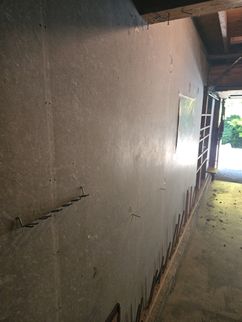
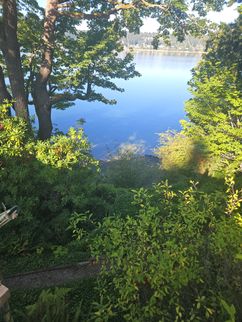
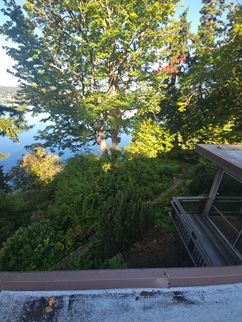
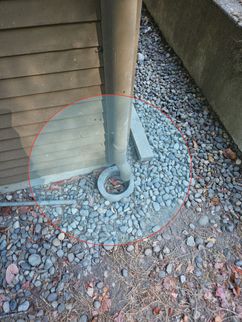
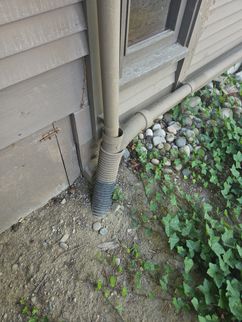
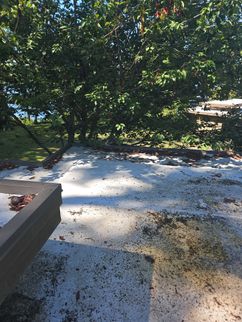
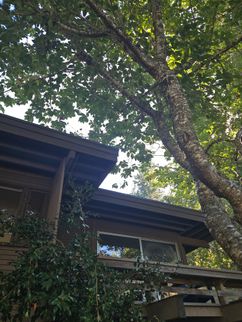
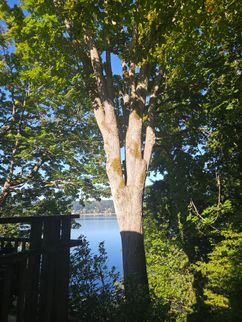
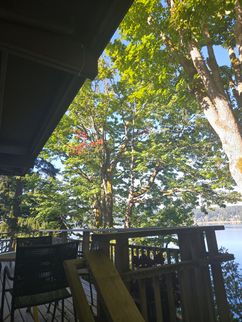
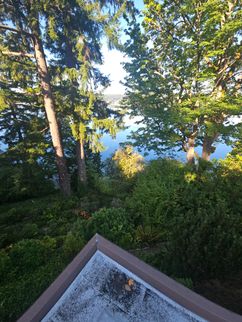
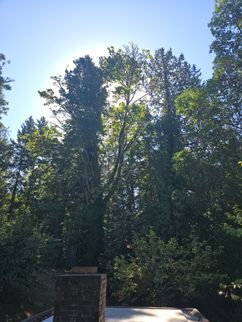
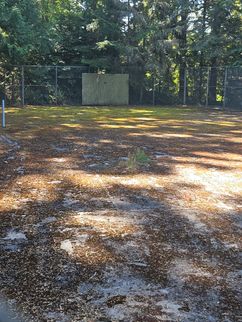
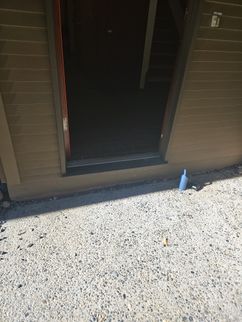



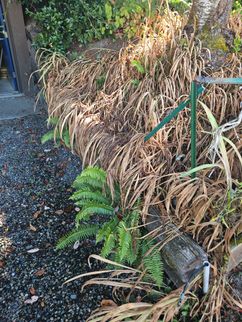
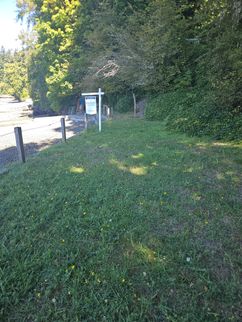
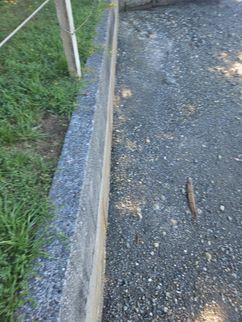
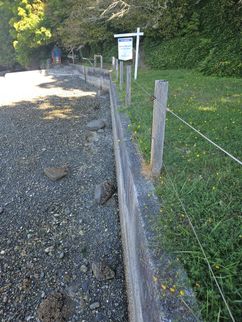
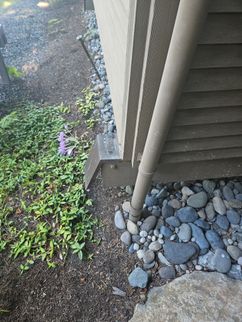
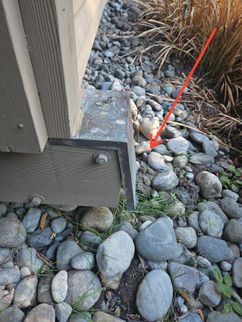
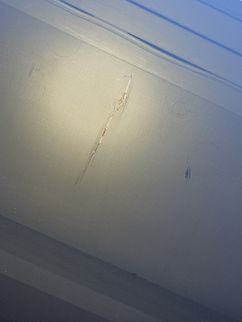
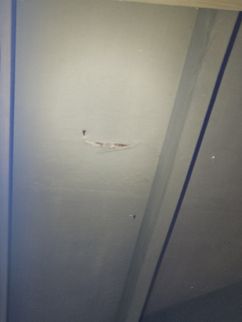
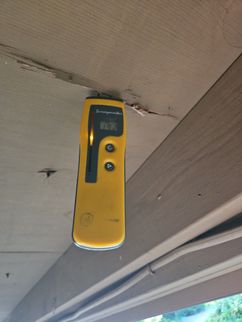
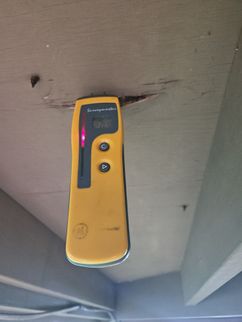
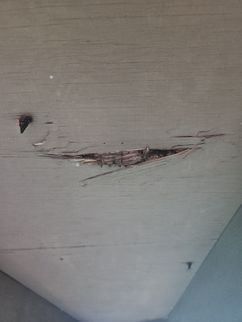
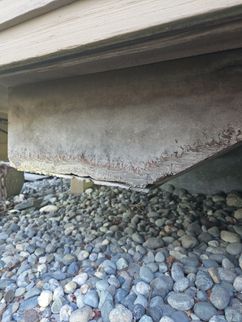
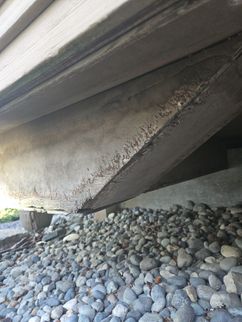
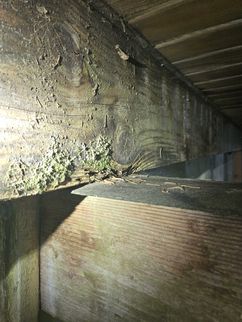
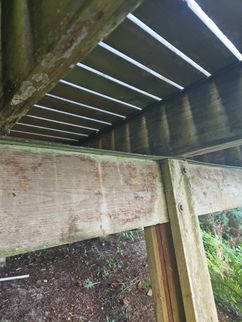
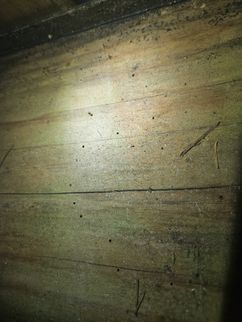
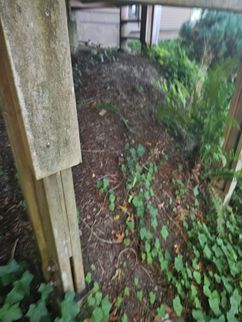
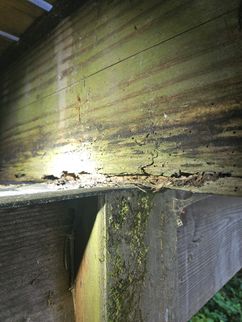
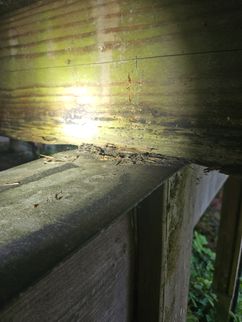

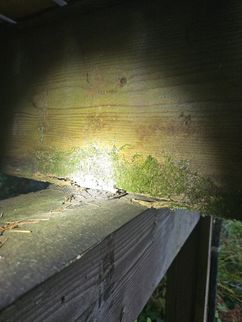
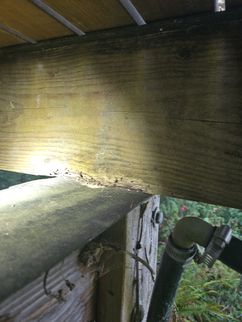
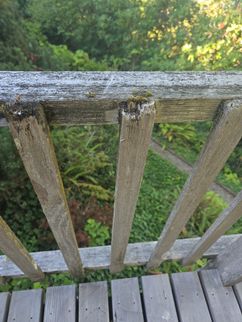
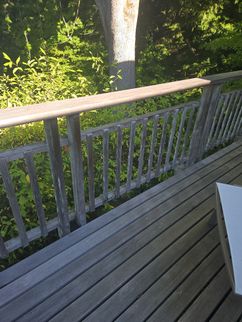
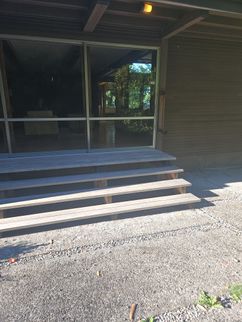
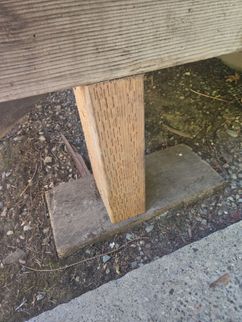

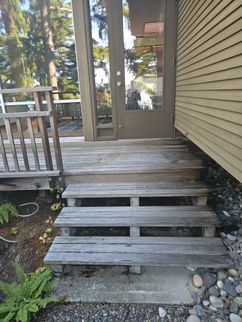
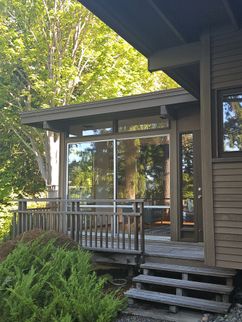
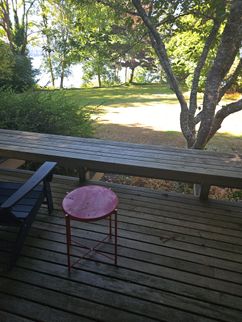
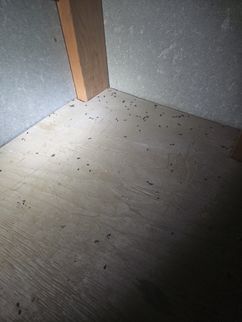
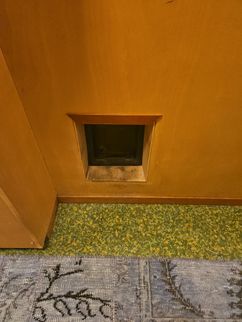

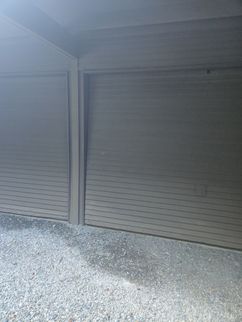

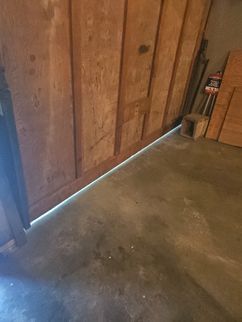


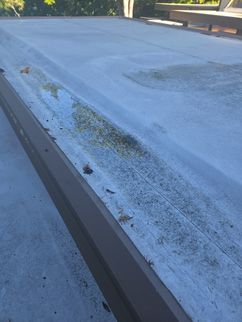
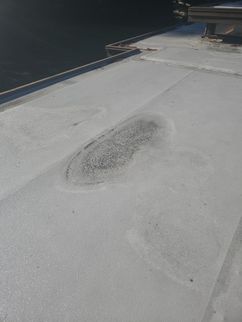
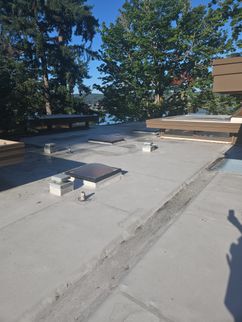
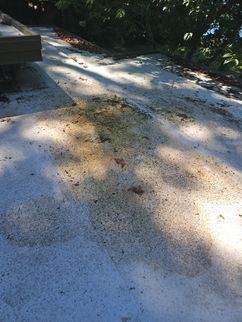
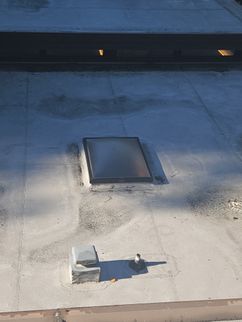
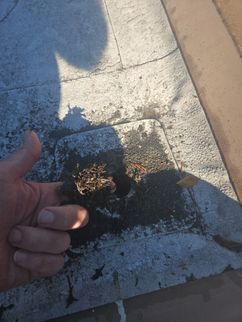
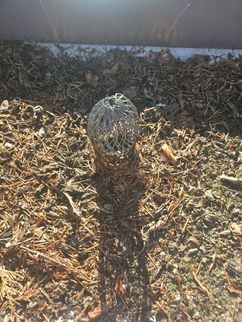
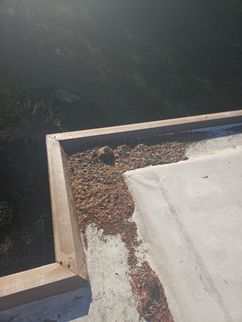

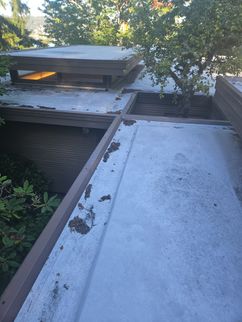
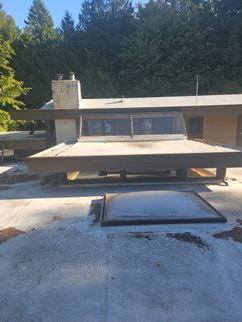
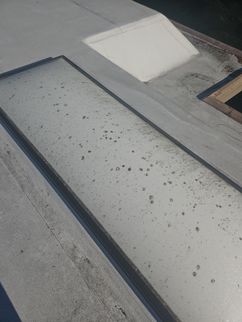

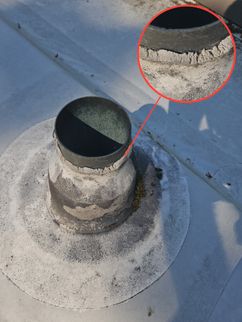
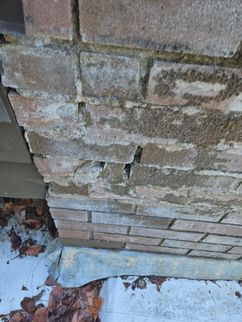
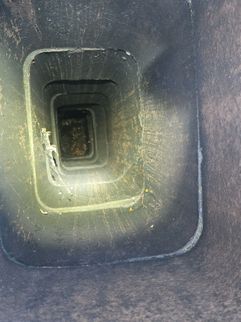
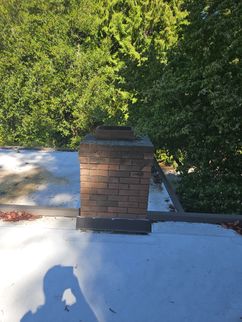
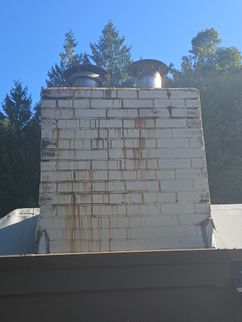
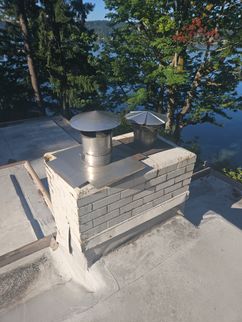
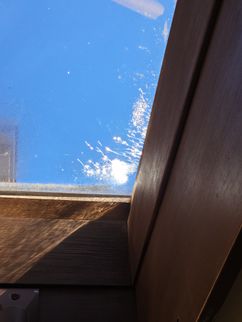
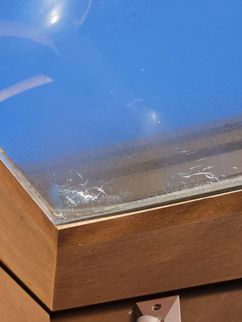


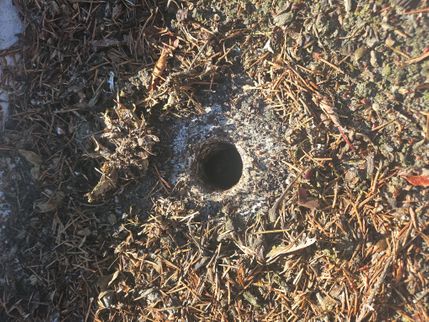

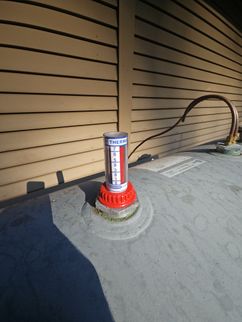
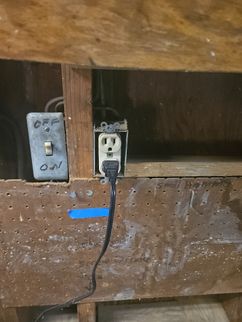

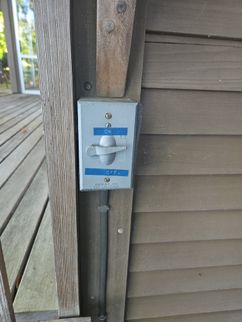
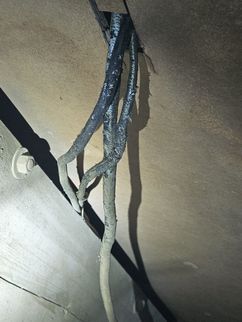

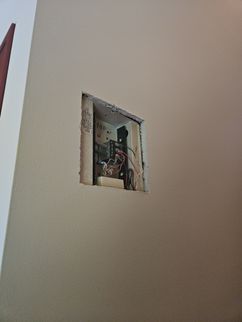
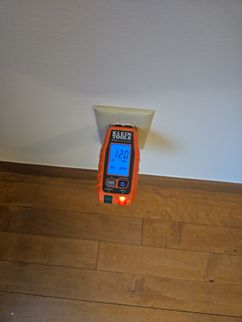

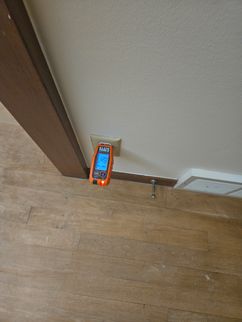
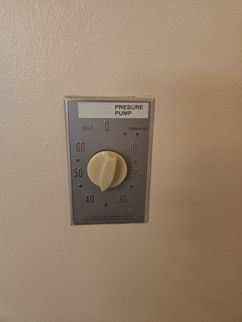
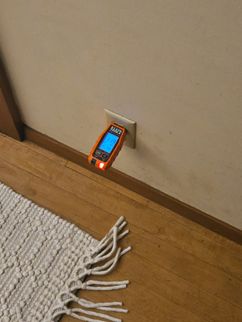
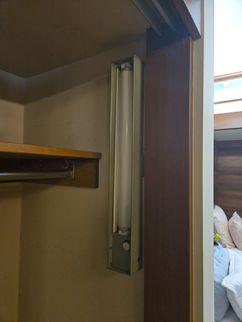

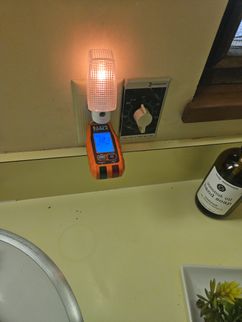
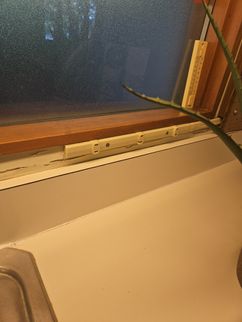
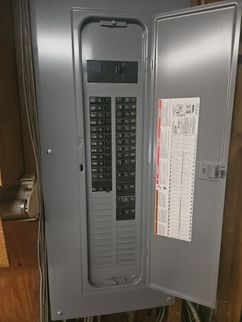
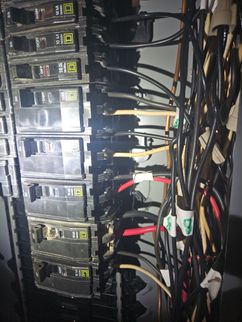
.jpg)
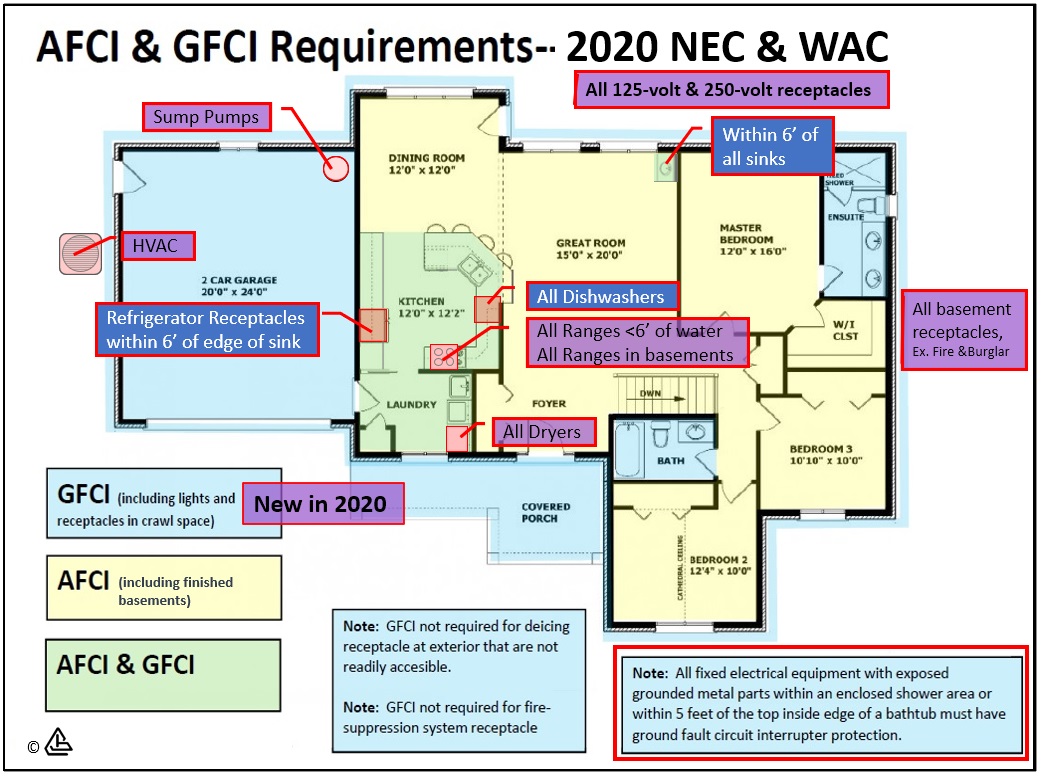
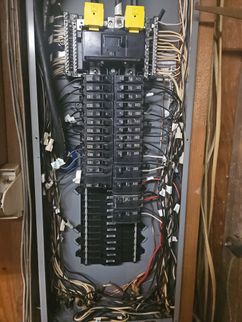

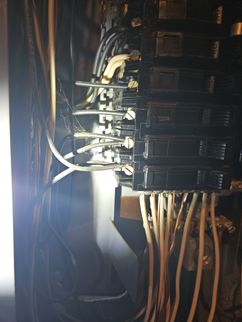
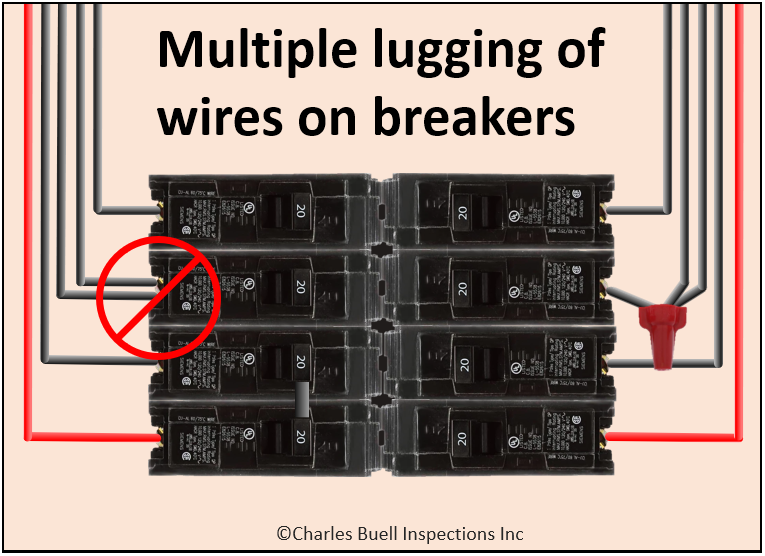
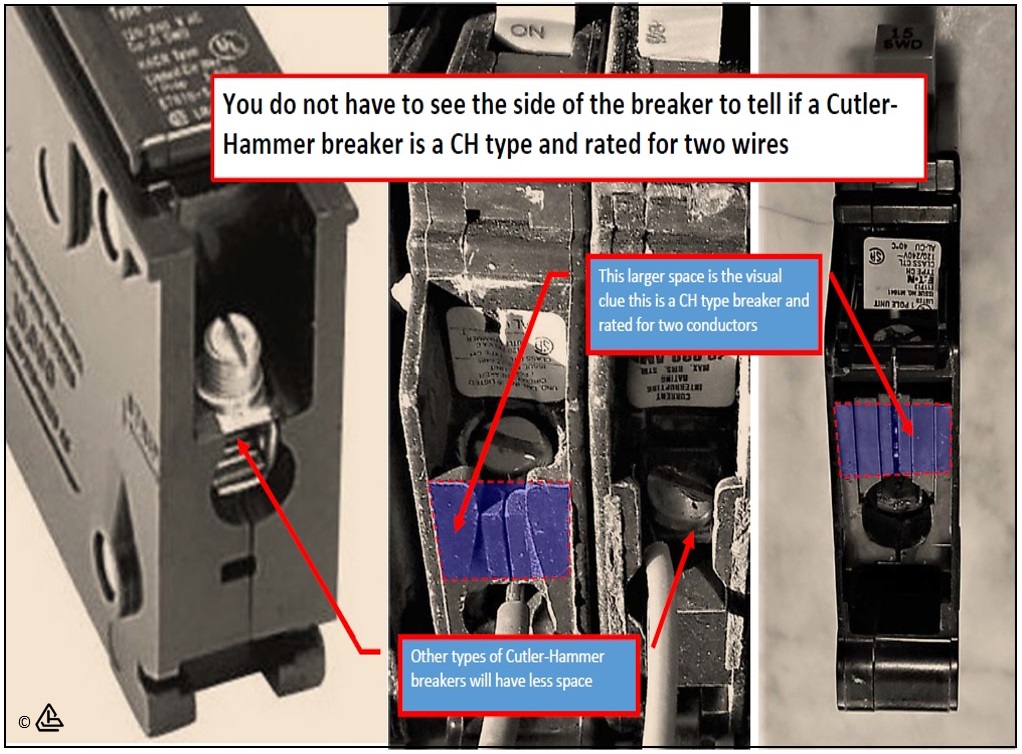
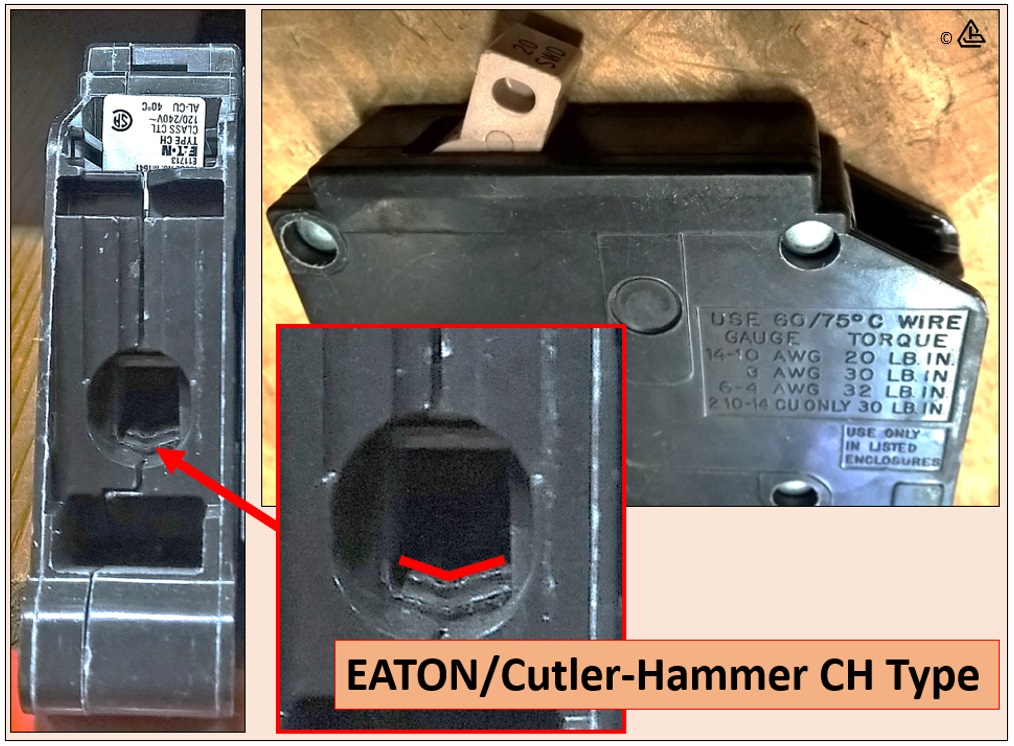
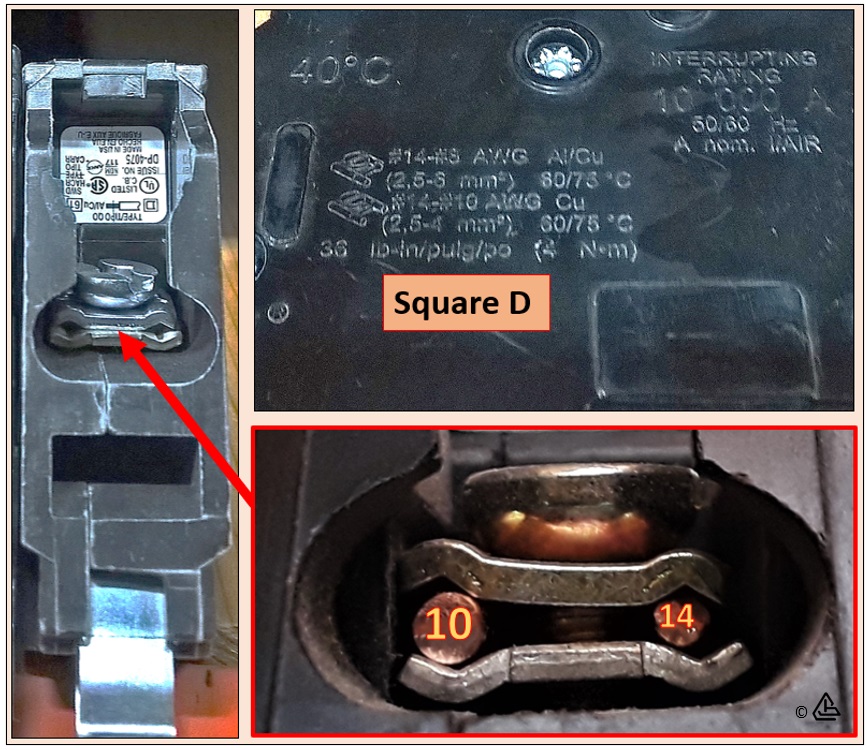
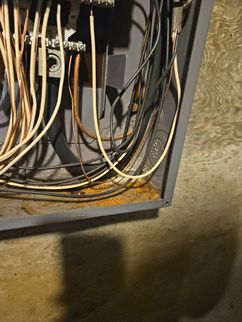
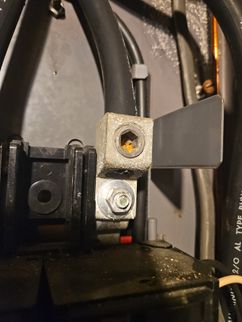
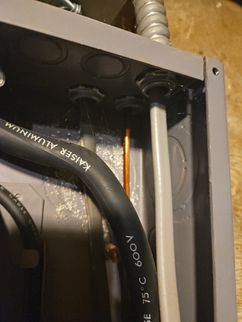
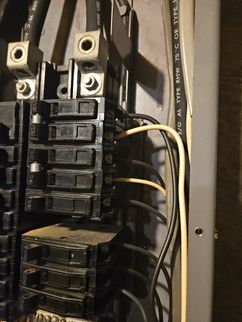

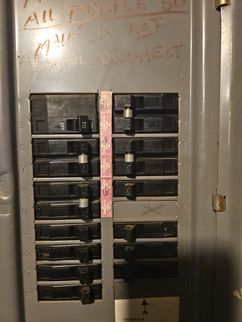

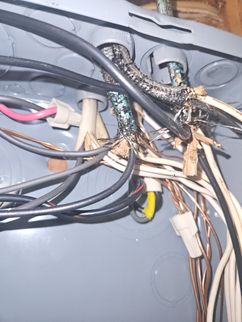
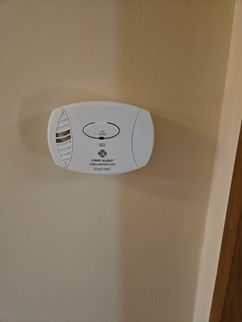
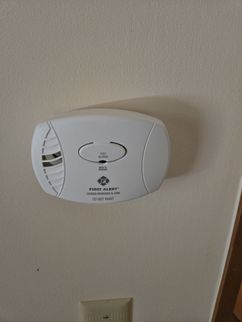
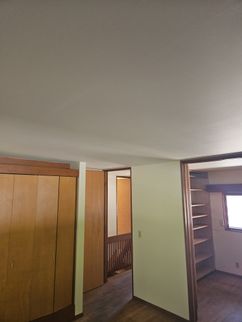
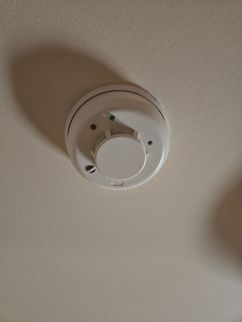
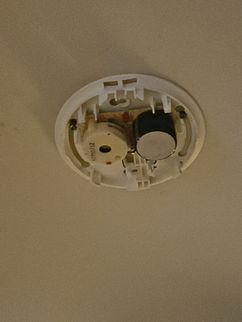
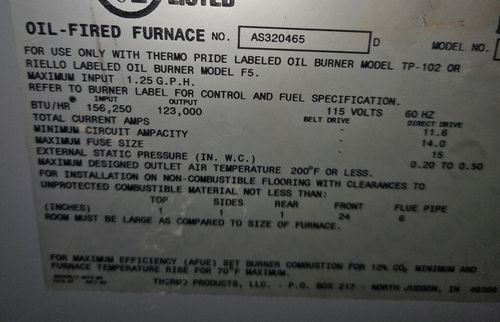
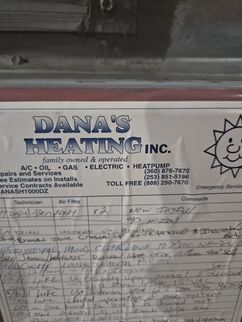

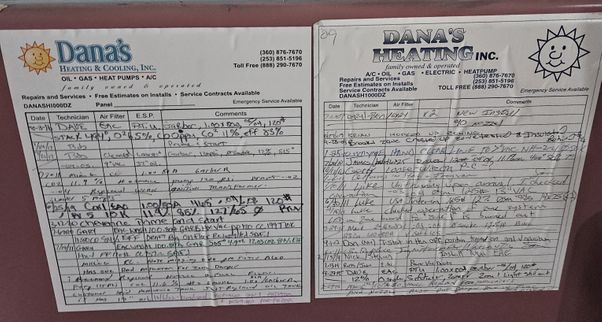

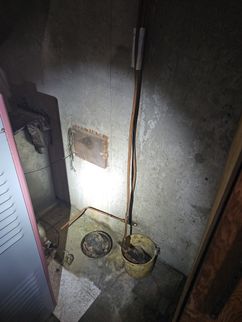
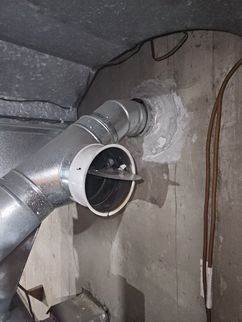

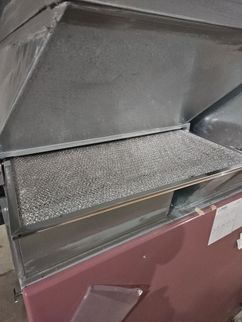
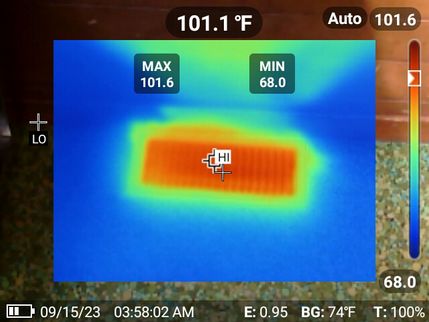
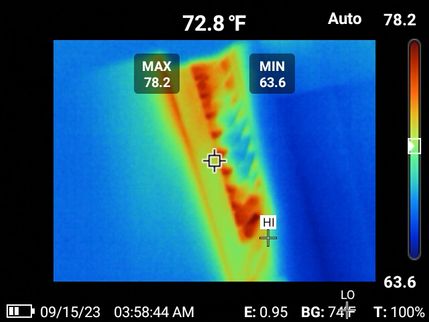

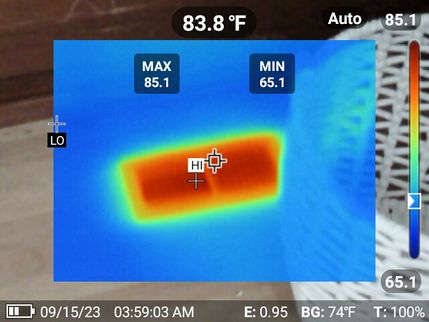
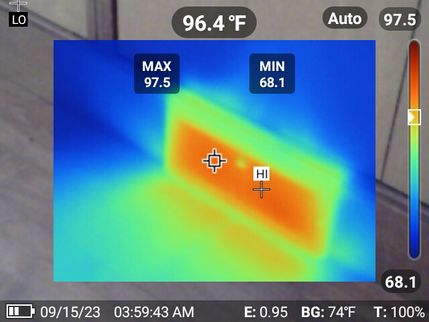
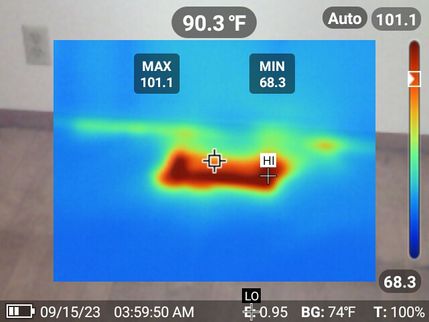
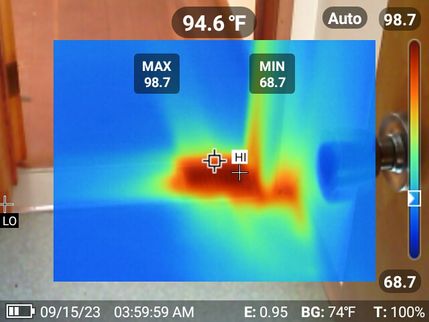
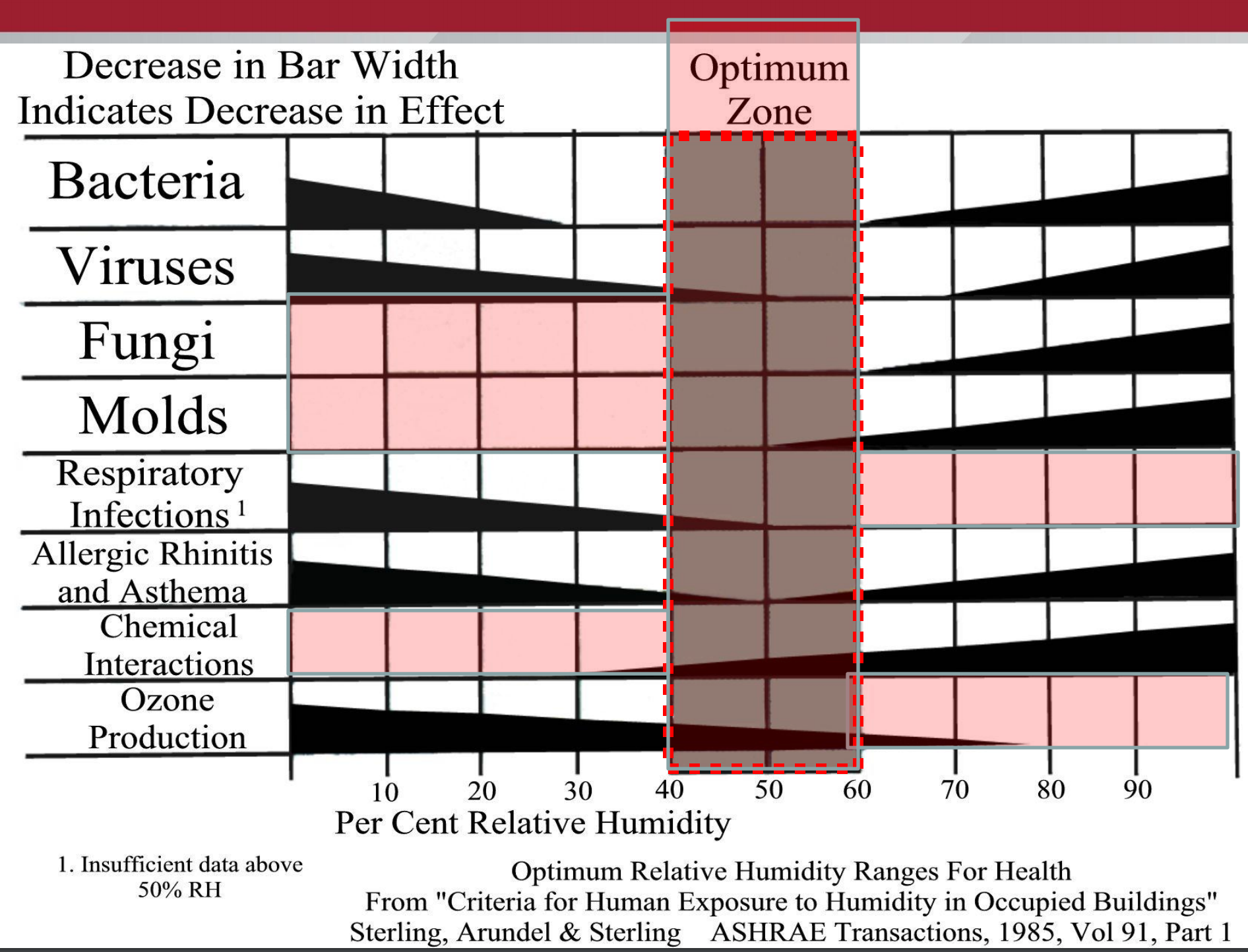
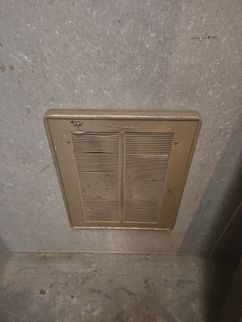
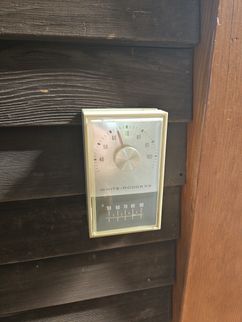
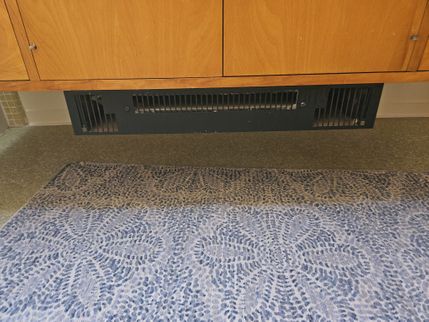
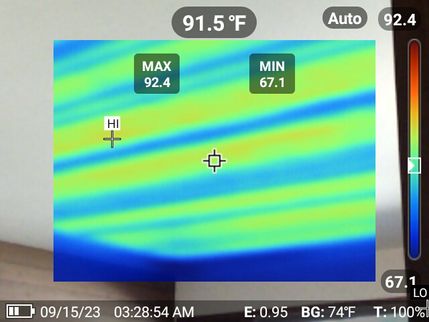
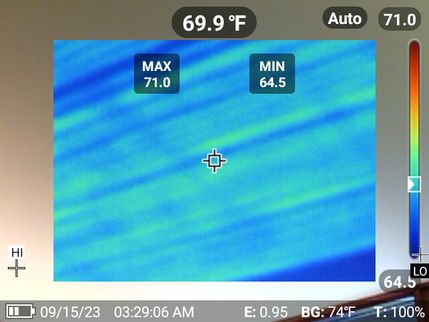
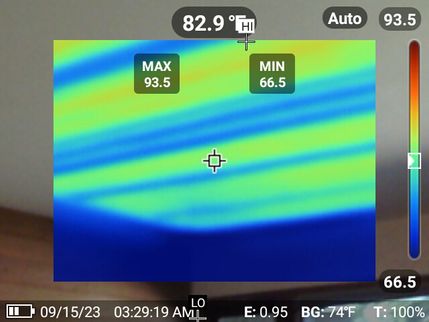

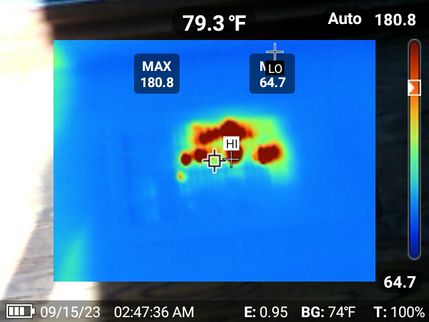
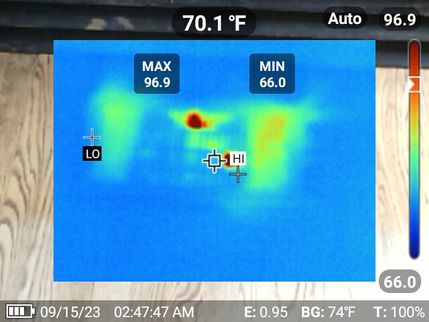
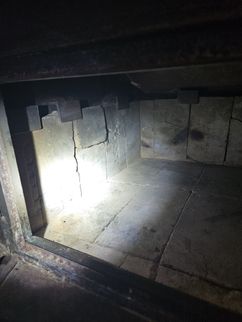
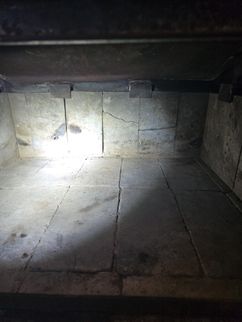
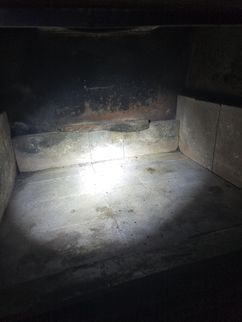
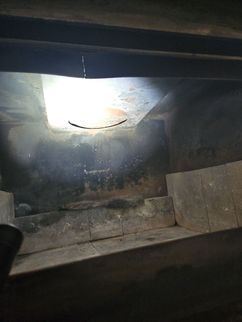
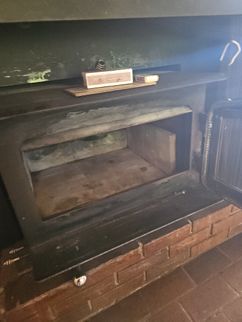
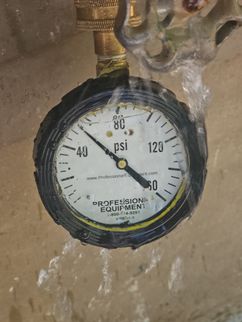
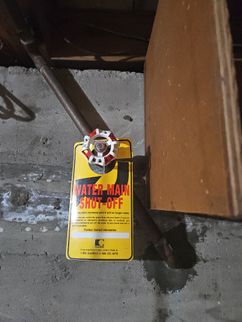
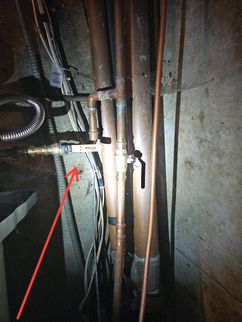
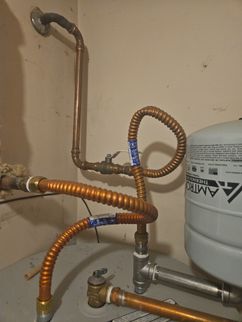
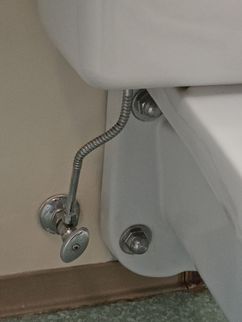
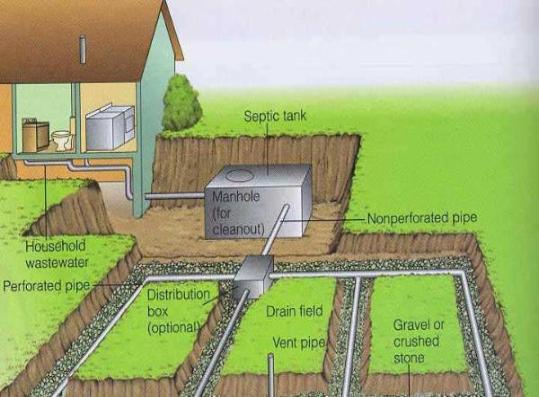
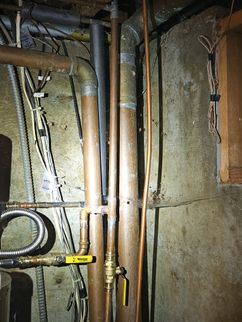
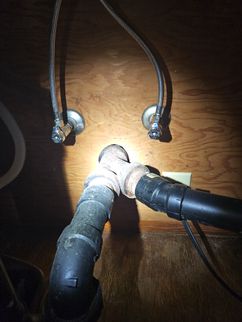

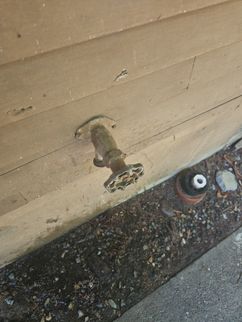
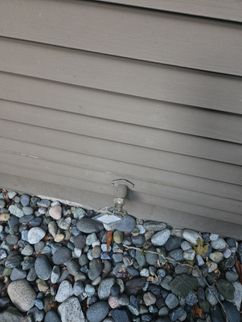
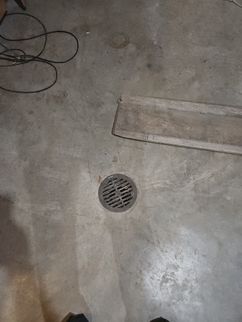
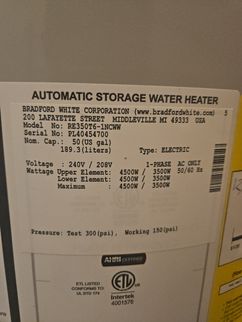
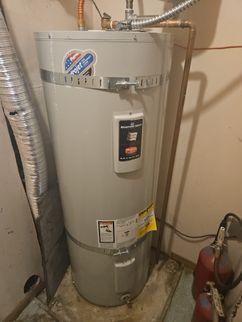
 (1) (1).jpg)
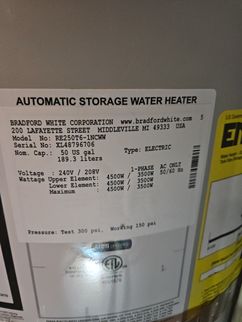
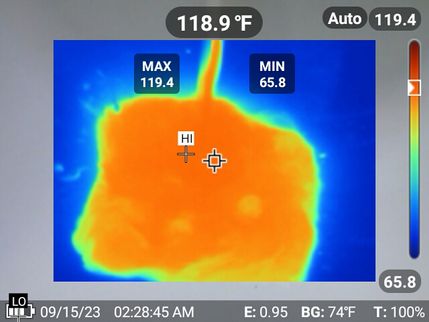
 (1) (4) (1).jpg)
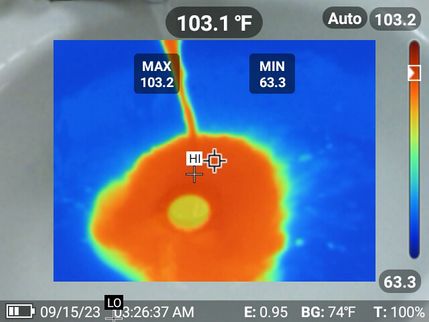
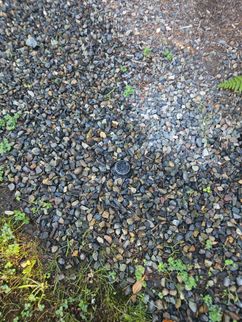

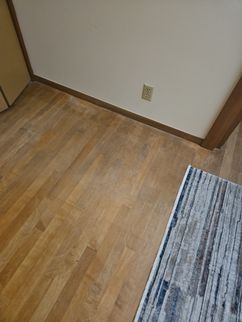
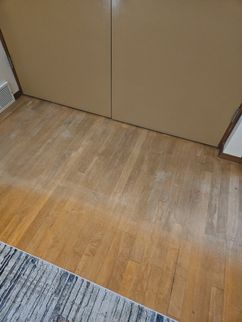
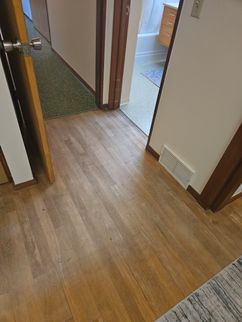

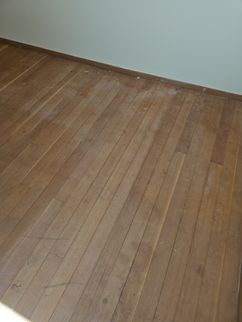
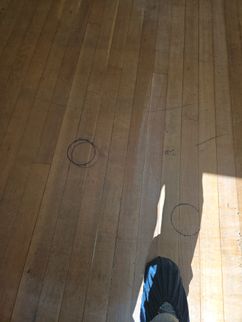
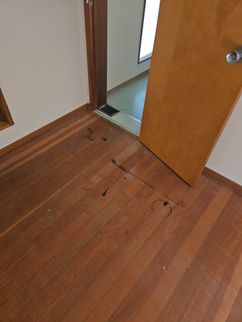
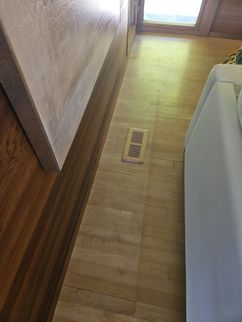
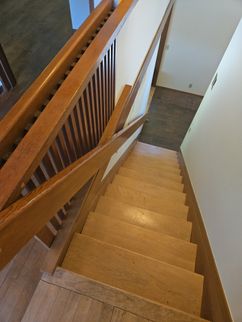
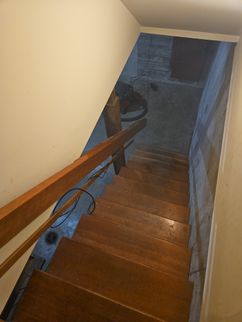
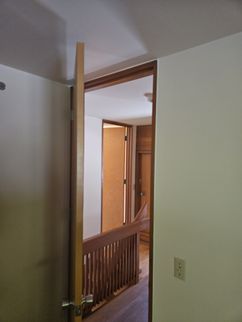
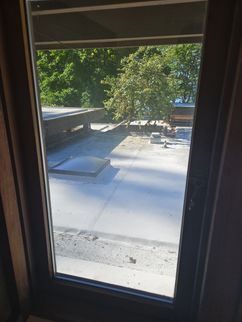
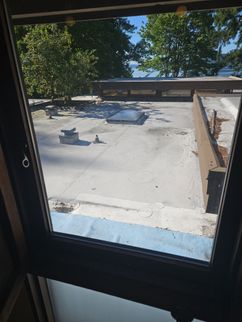
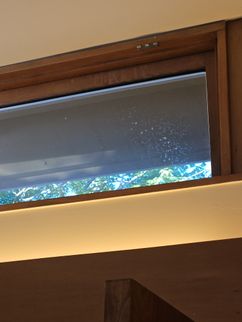
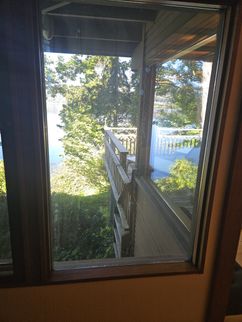

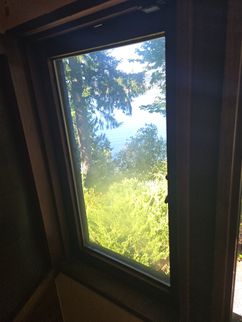
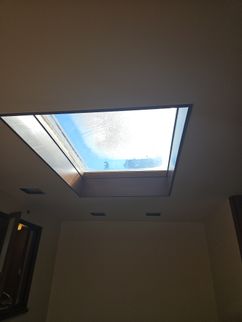
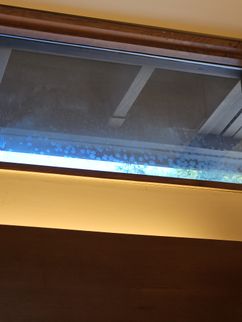


 (1).jpg)
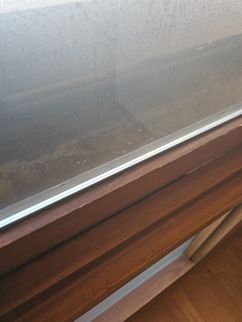

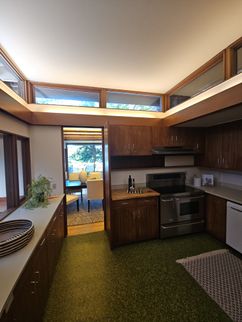

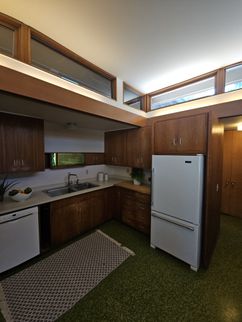
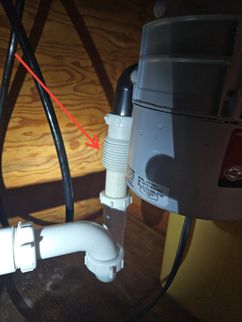
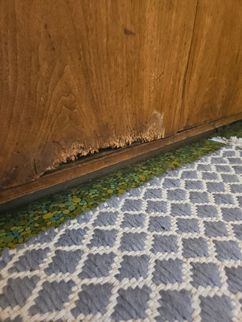
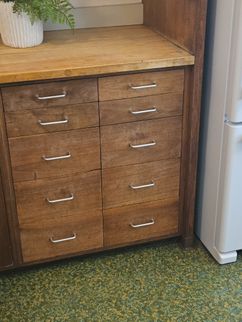
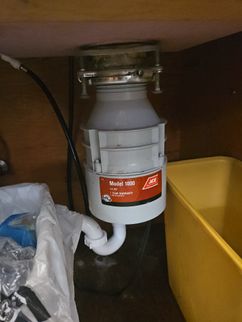
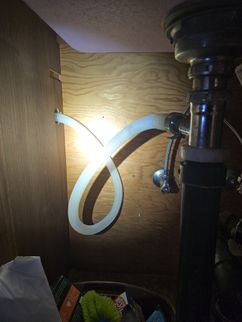
.jpg)
.jpg)
.jpg)

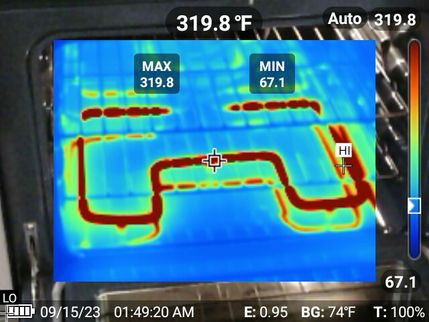

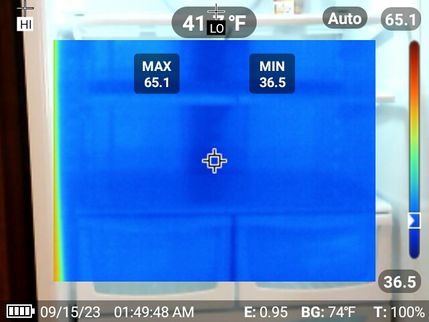
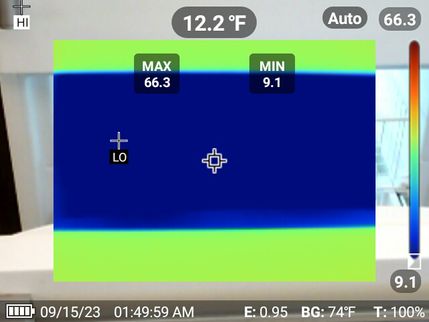
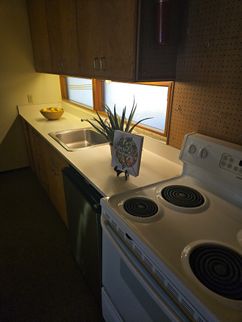
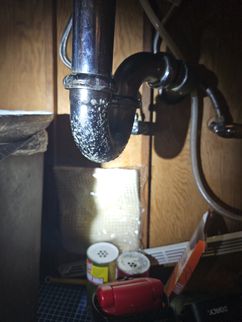

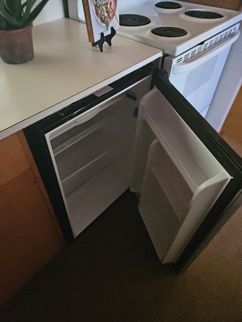
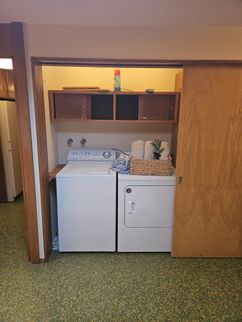
.png)
.png)
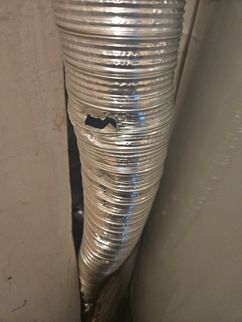
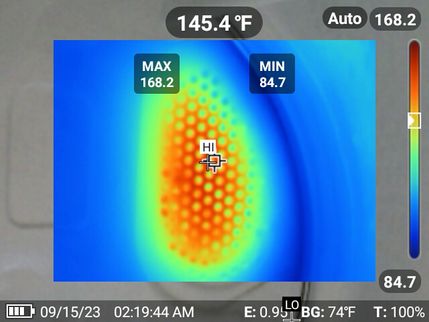

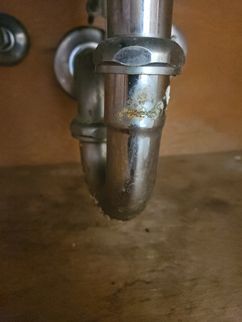
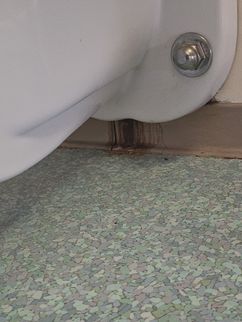
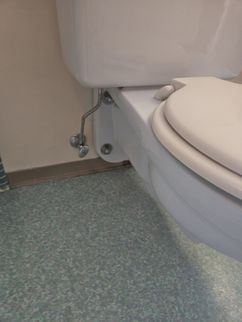

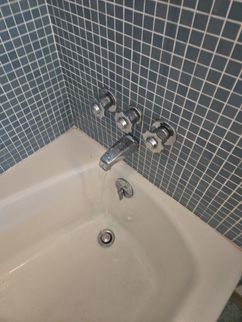





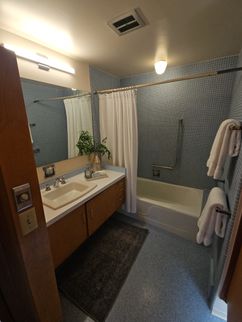
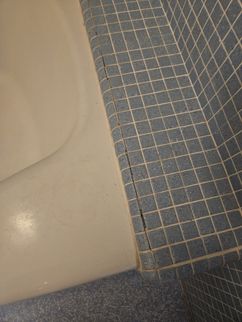
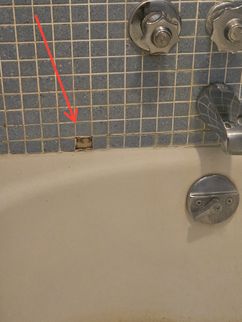
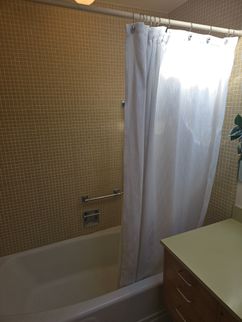
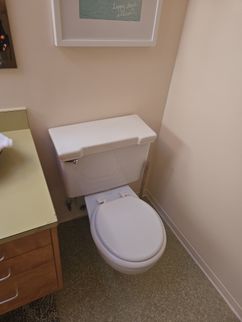
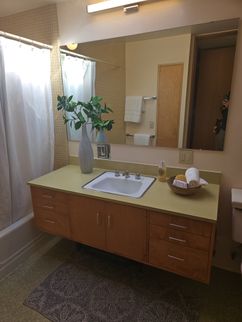

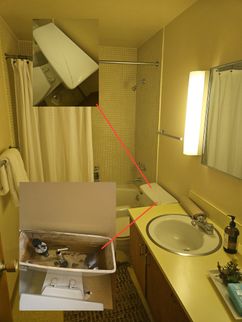
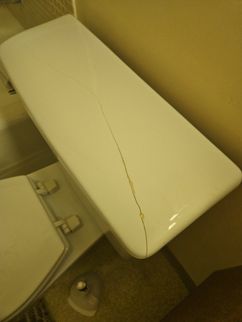
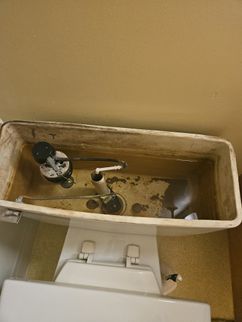
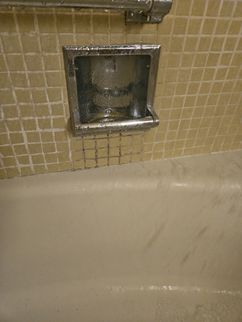
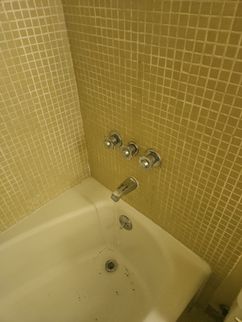
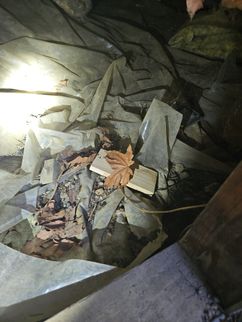
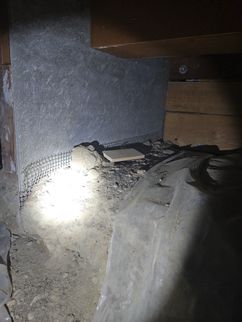

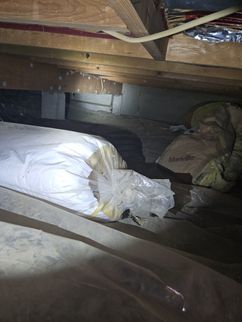
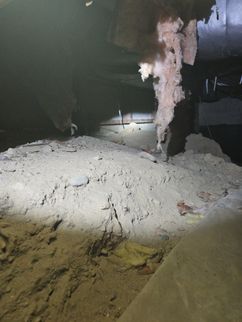
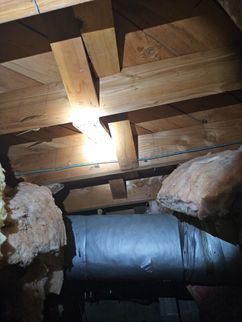
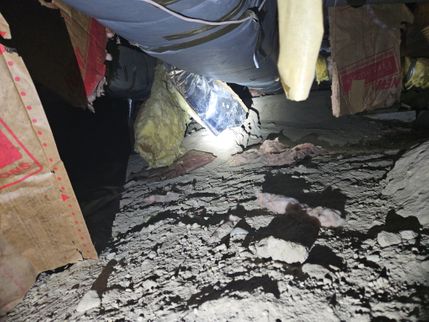
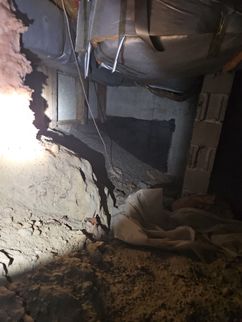
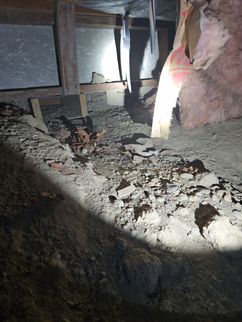
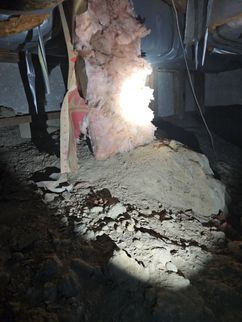
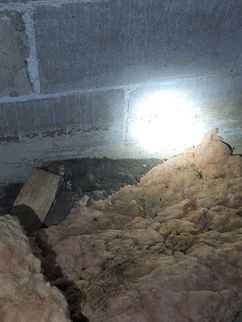
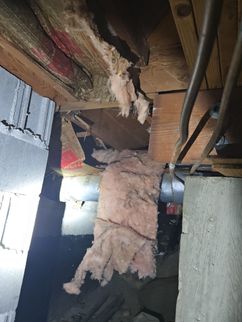
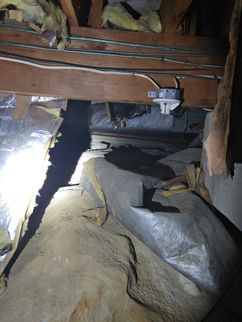


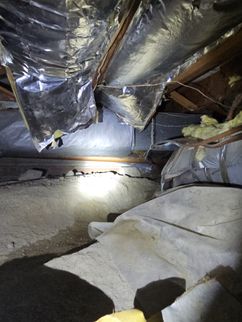

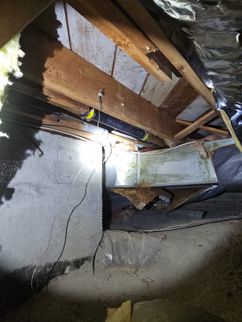
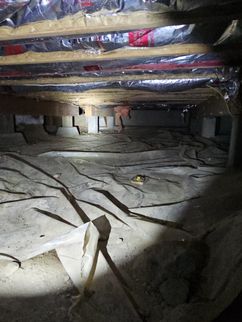
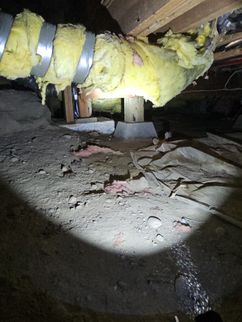
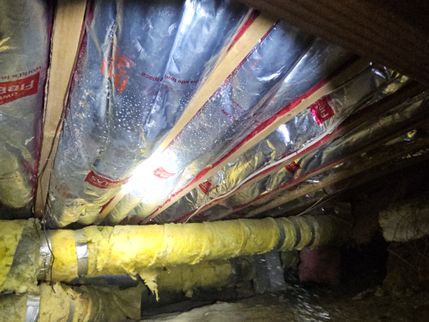
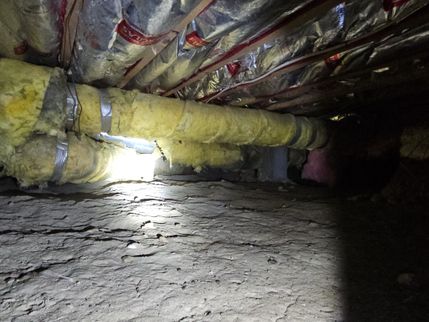
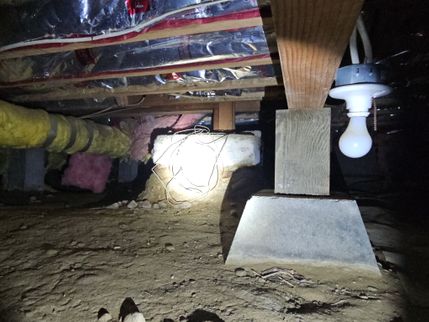

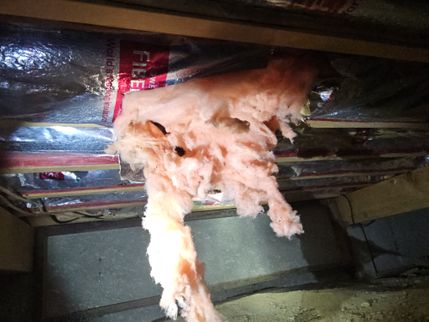
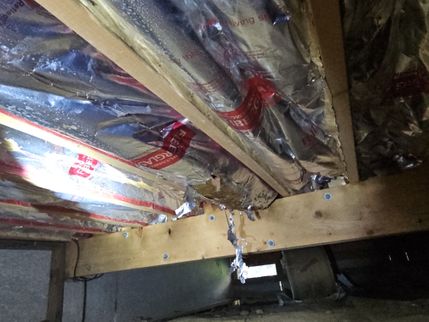
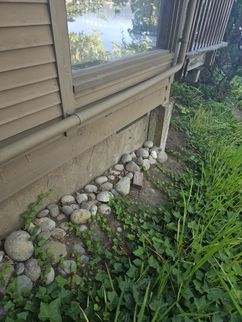
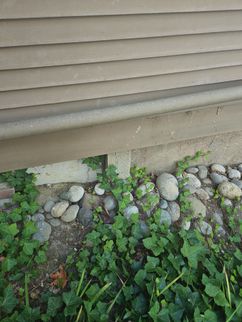
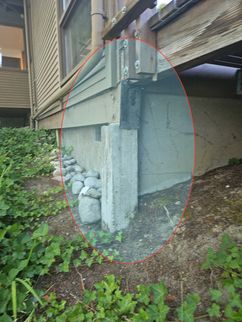
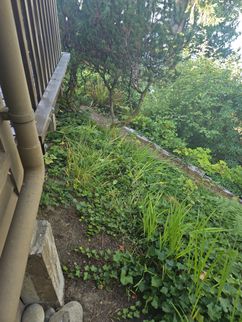
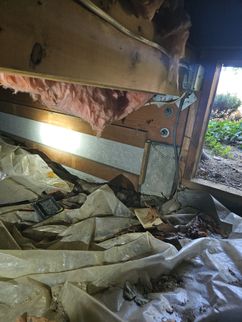
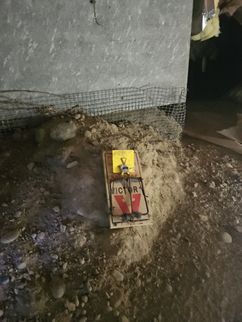
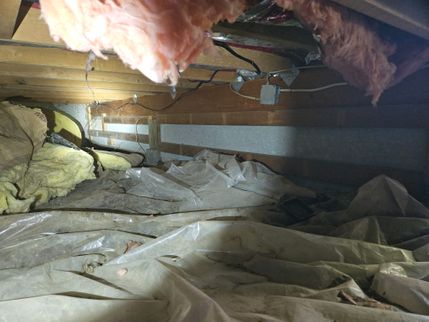

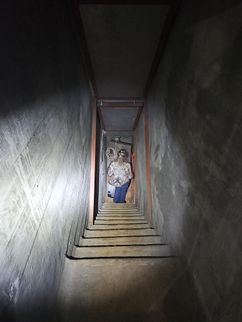
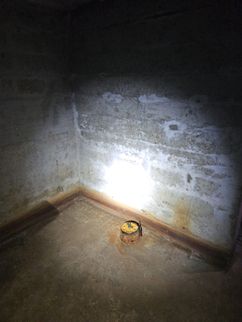
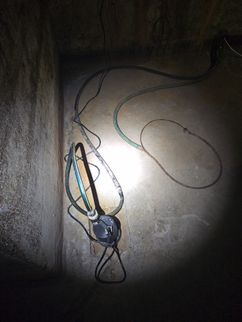
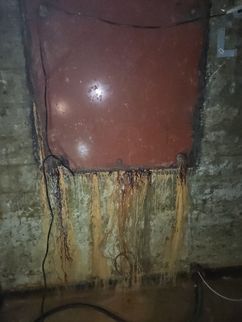
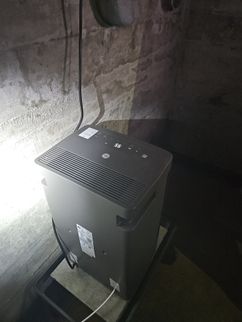
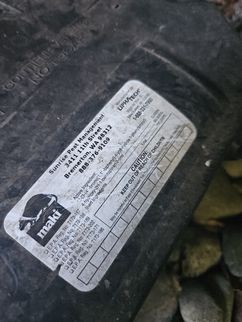
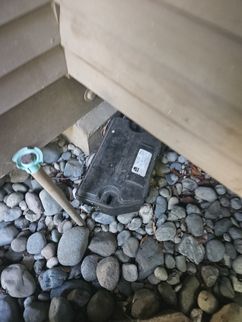
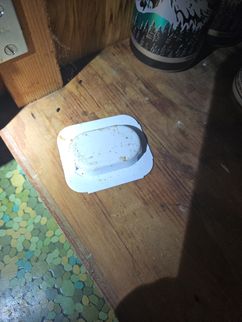

.png)